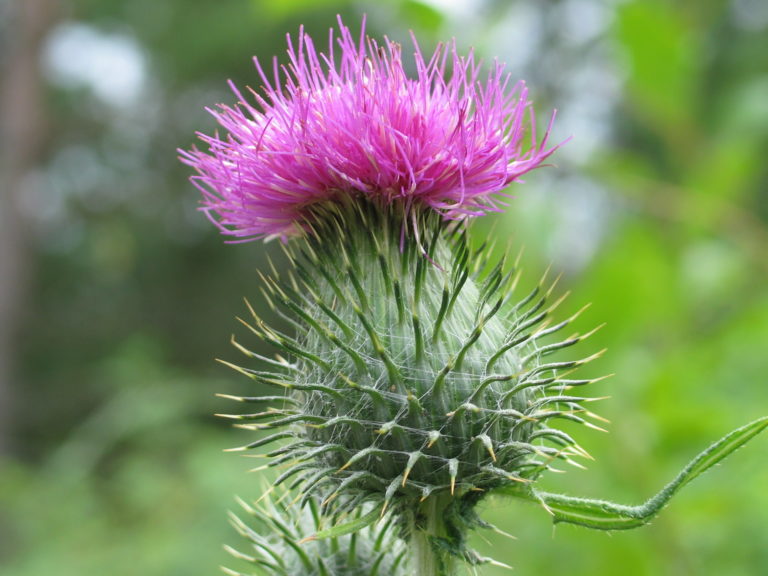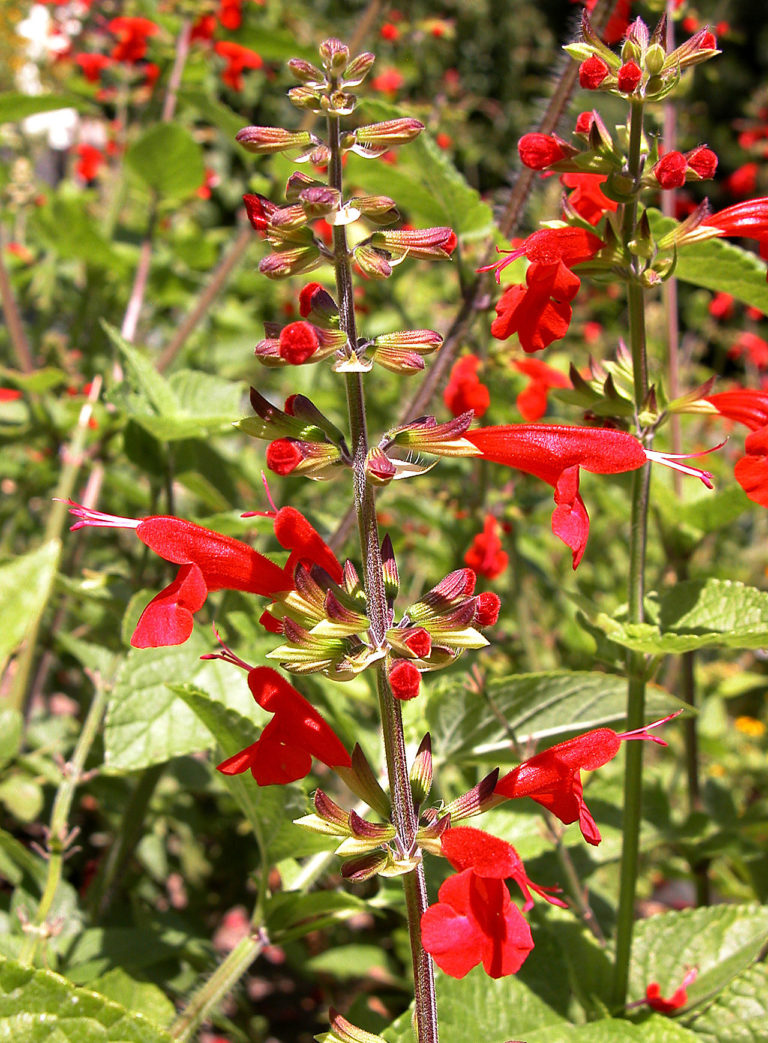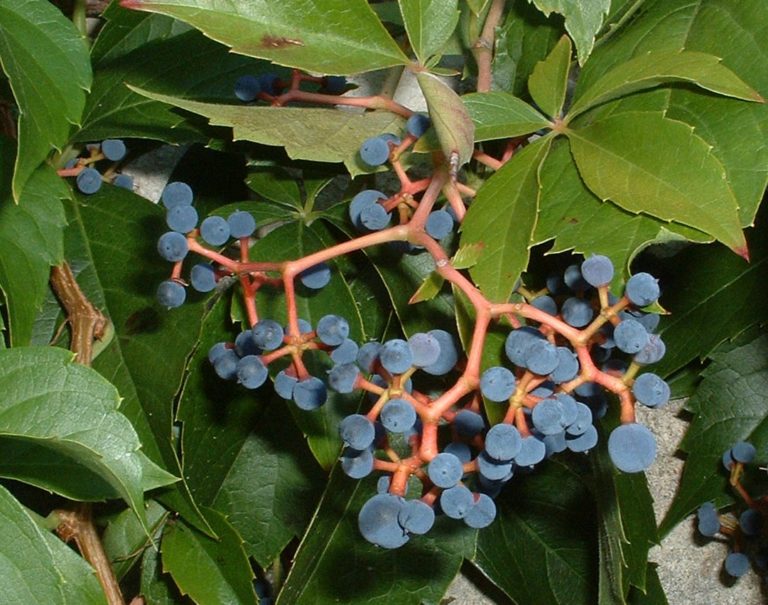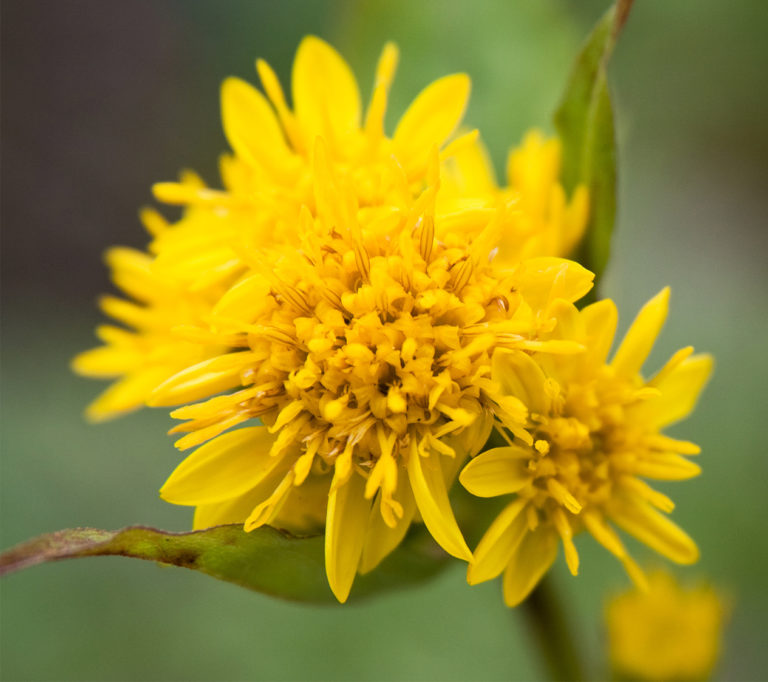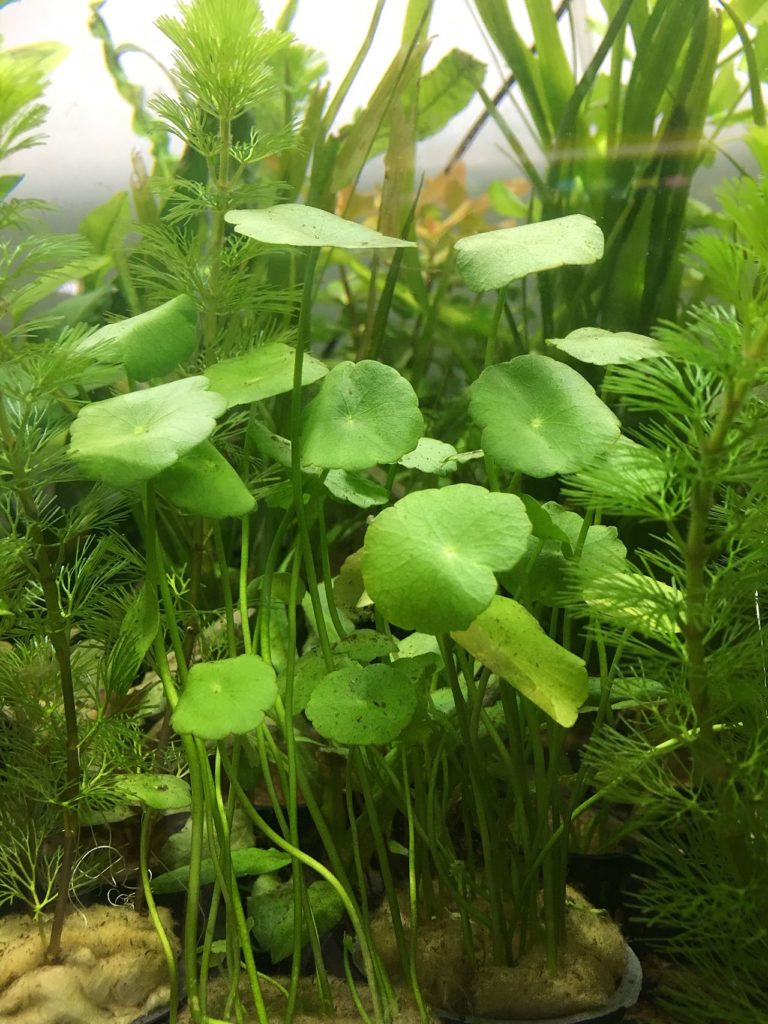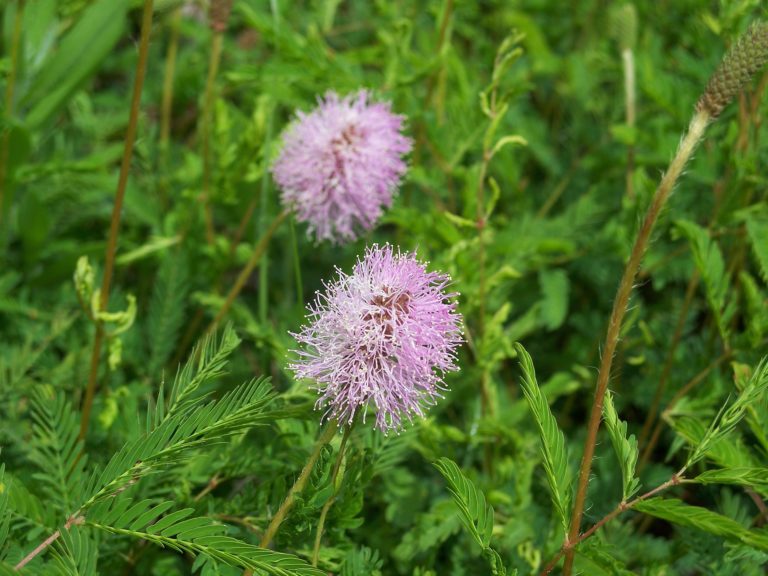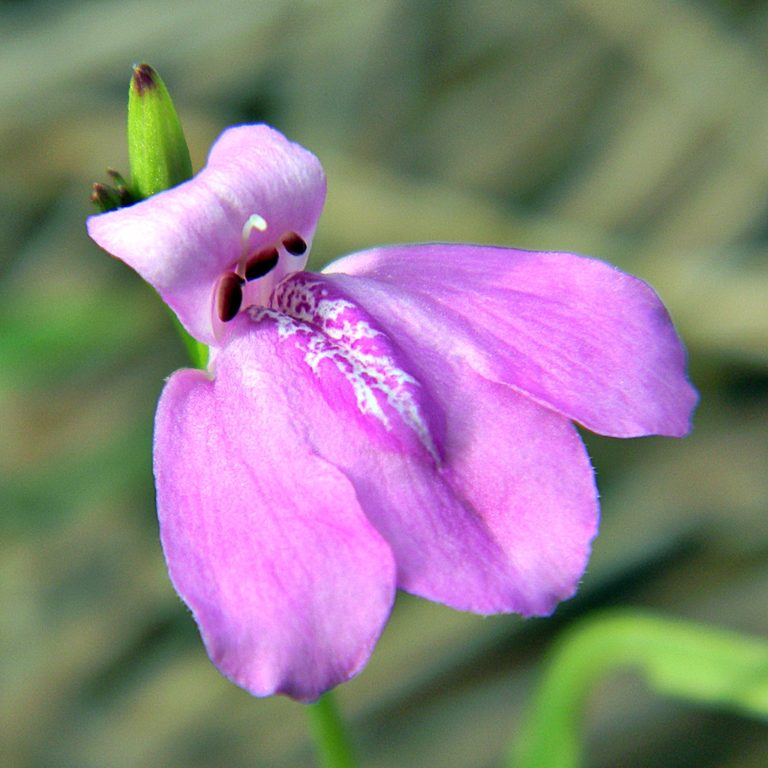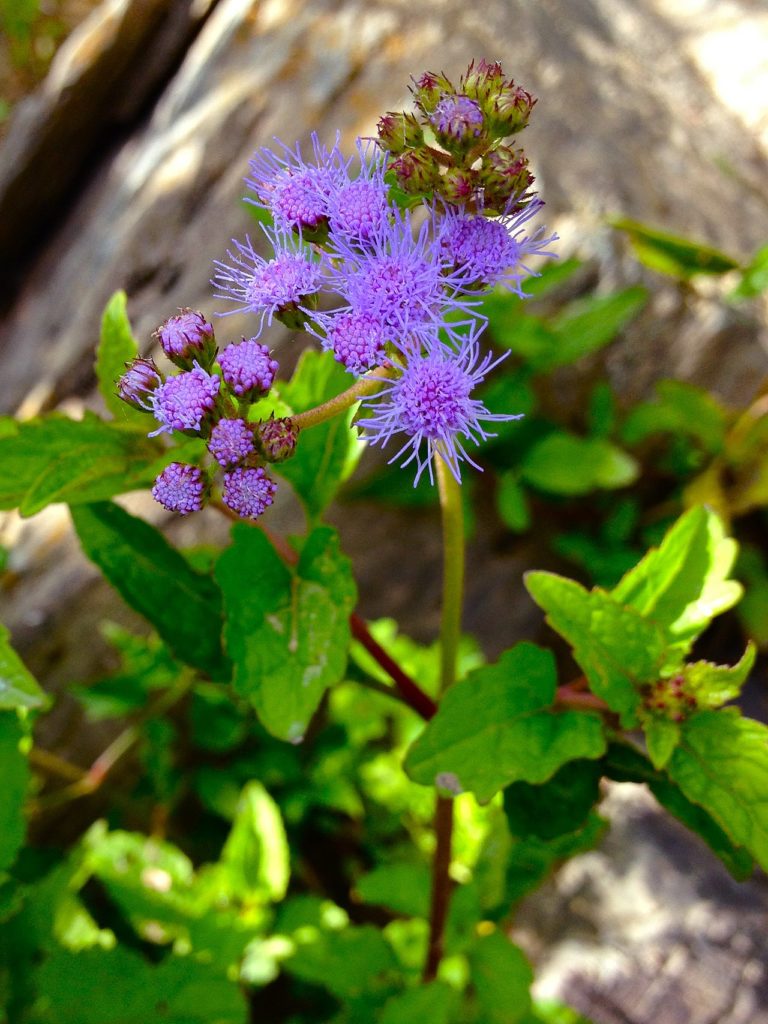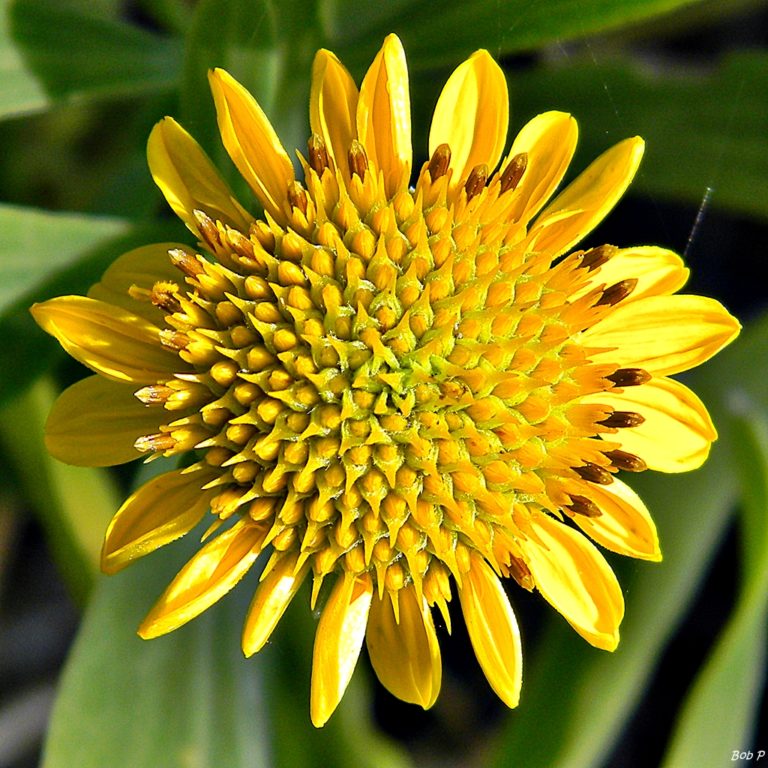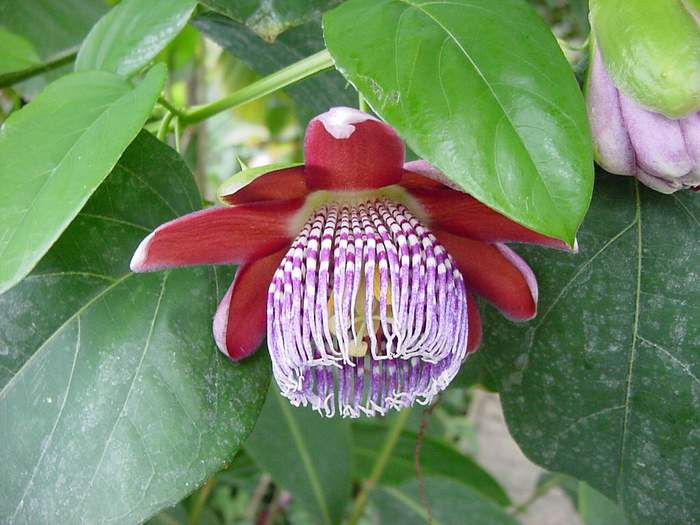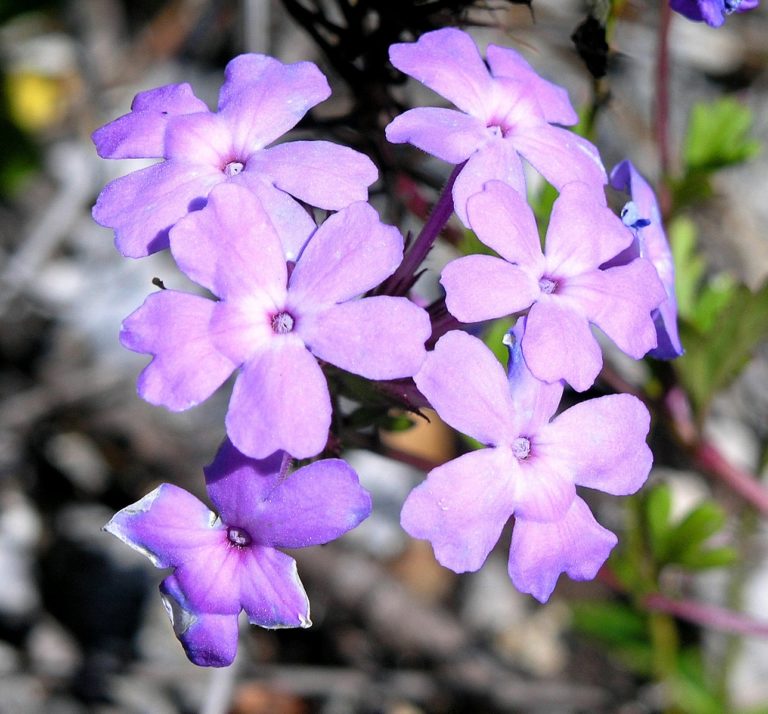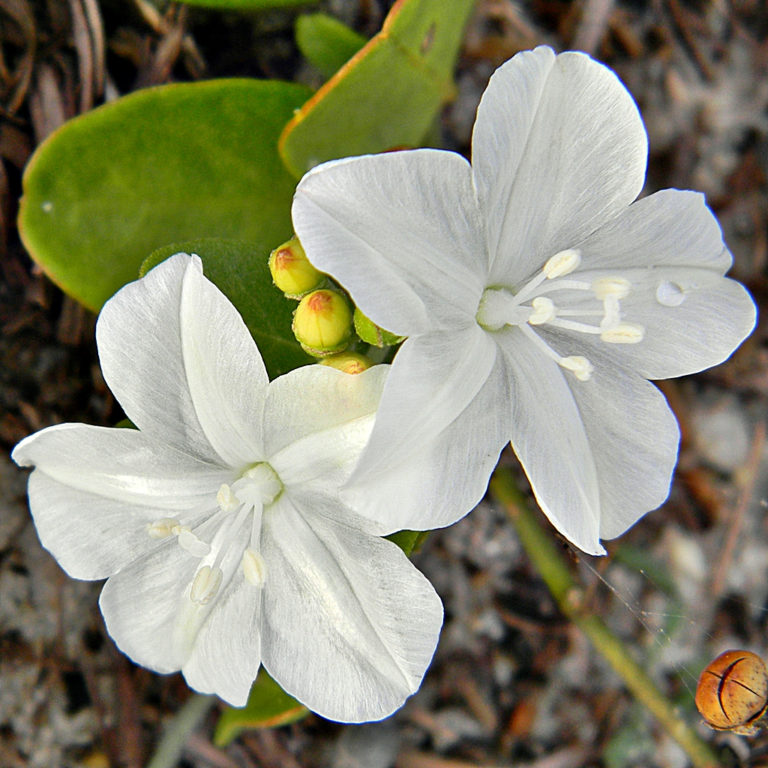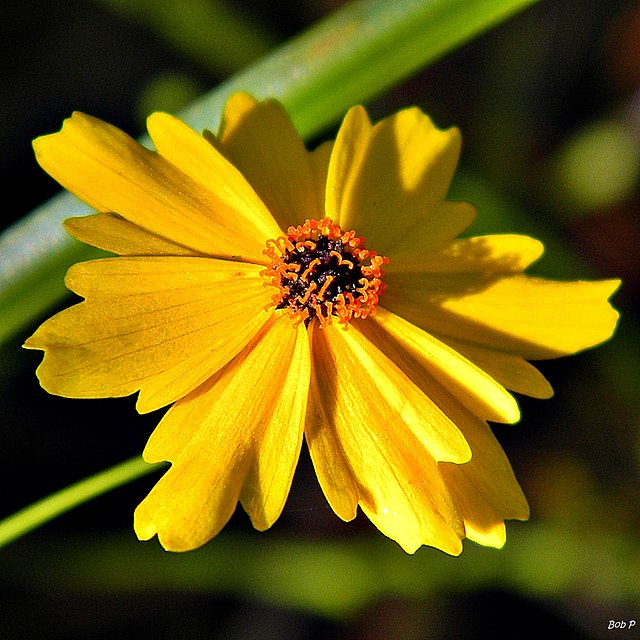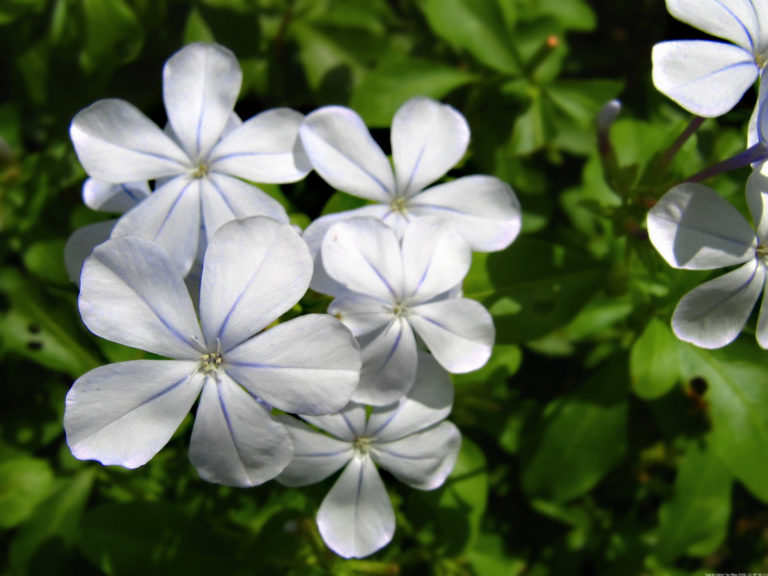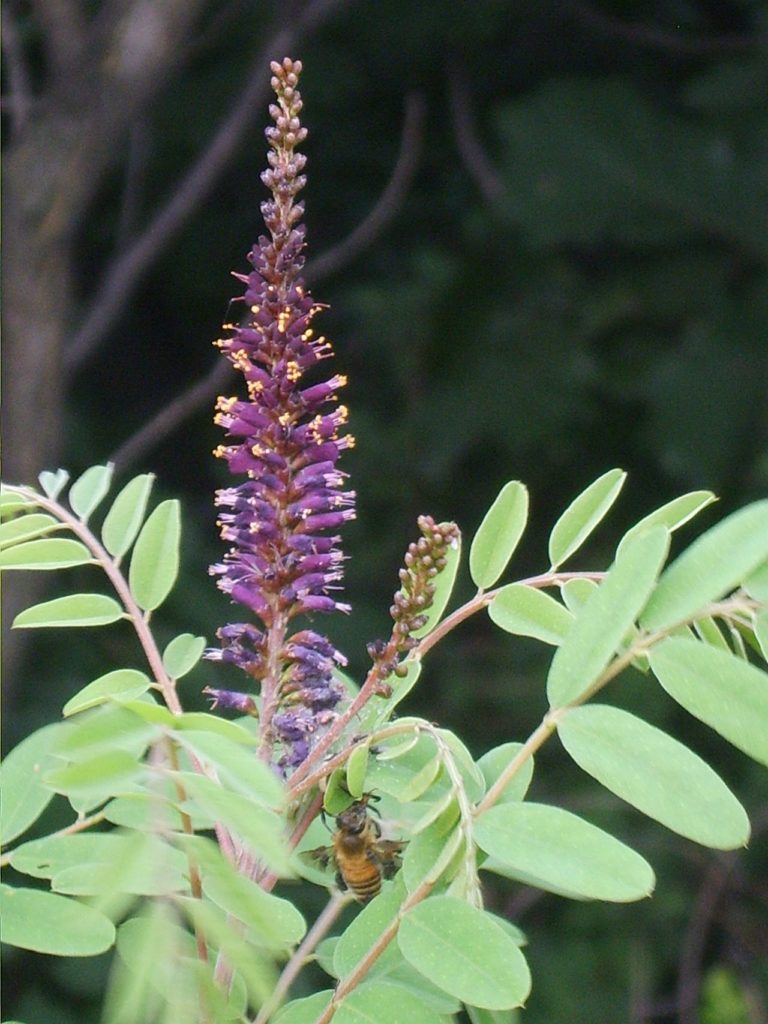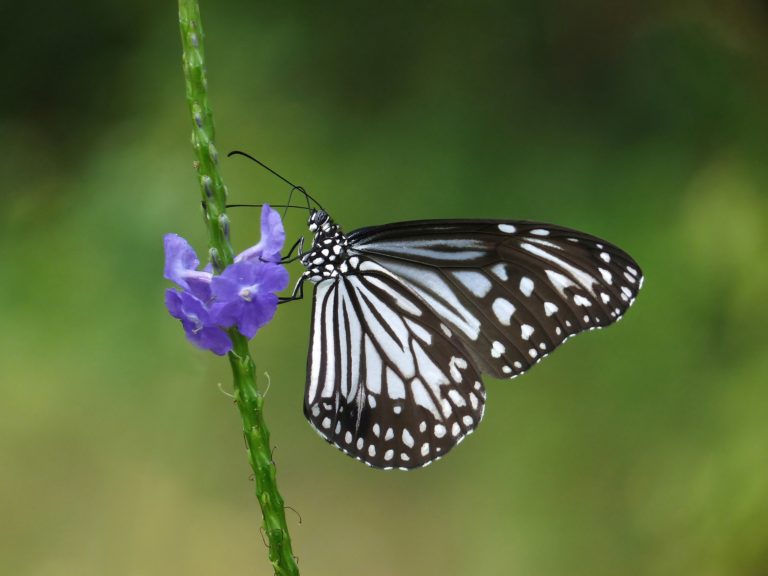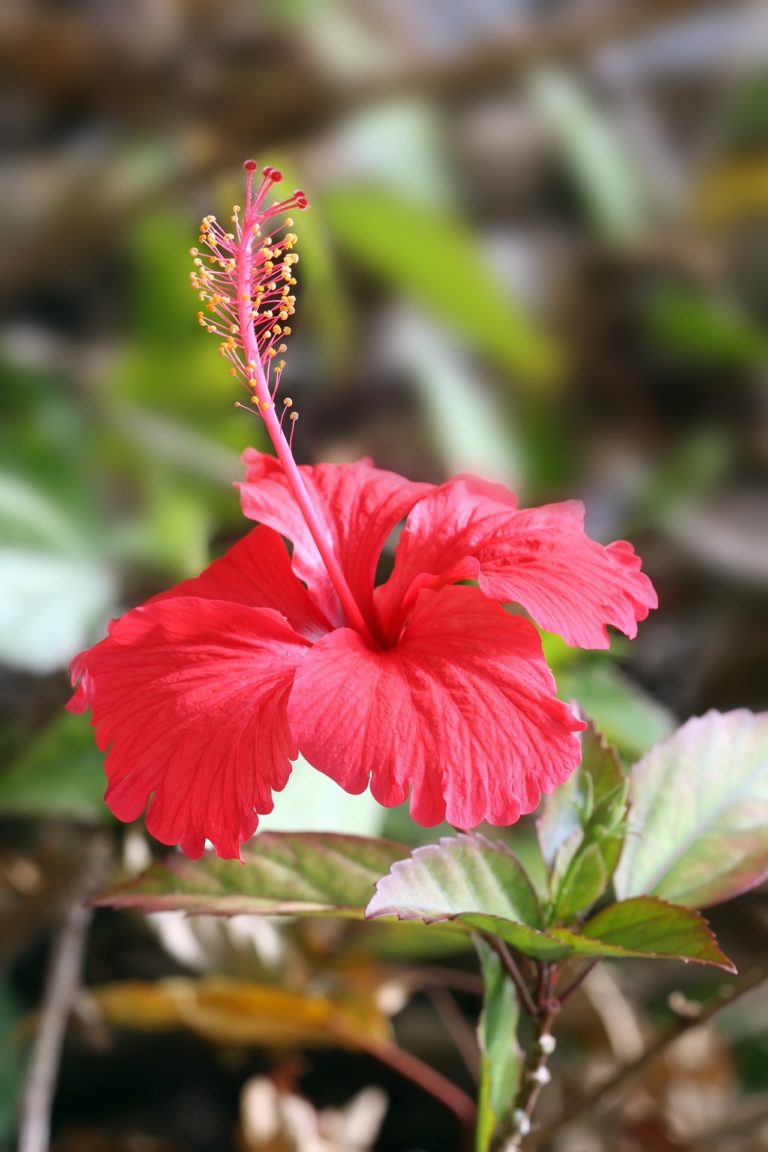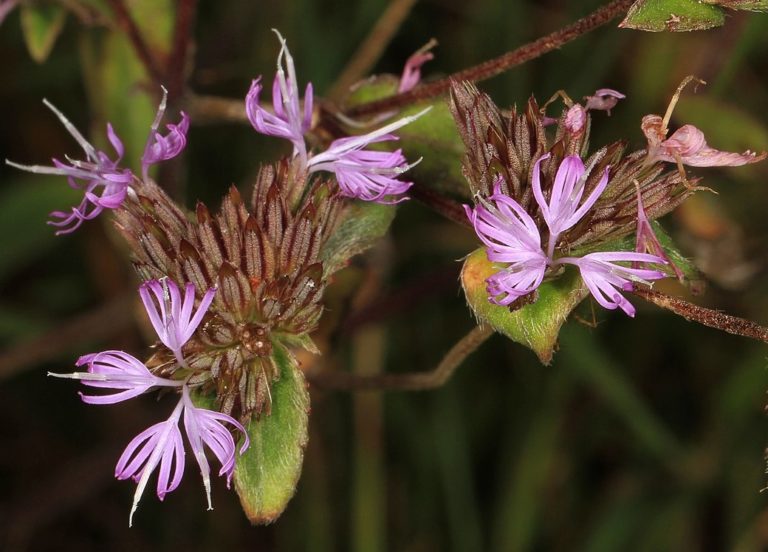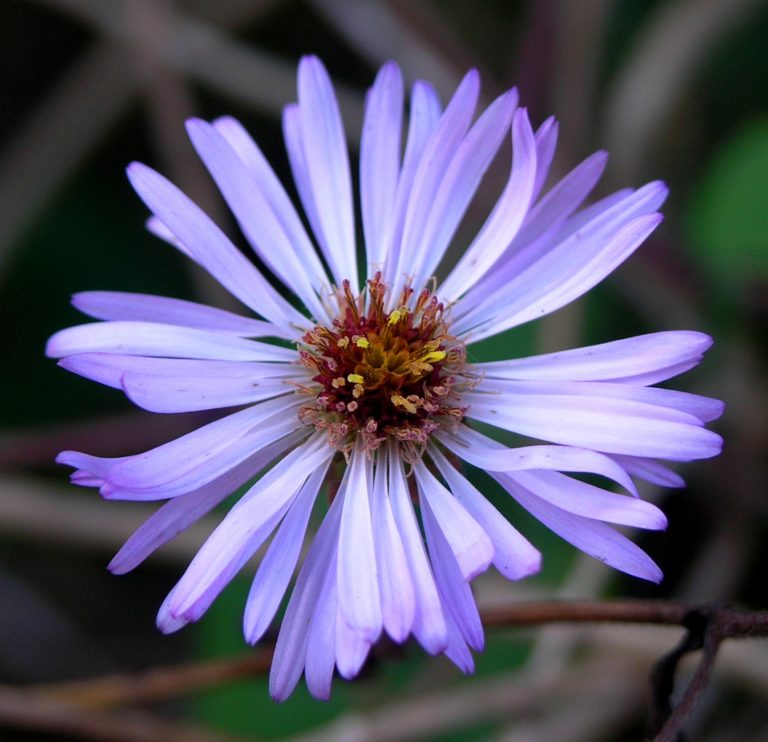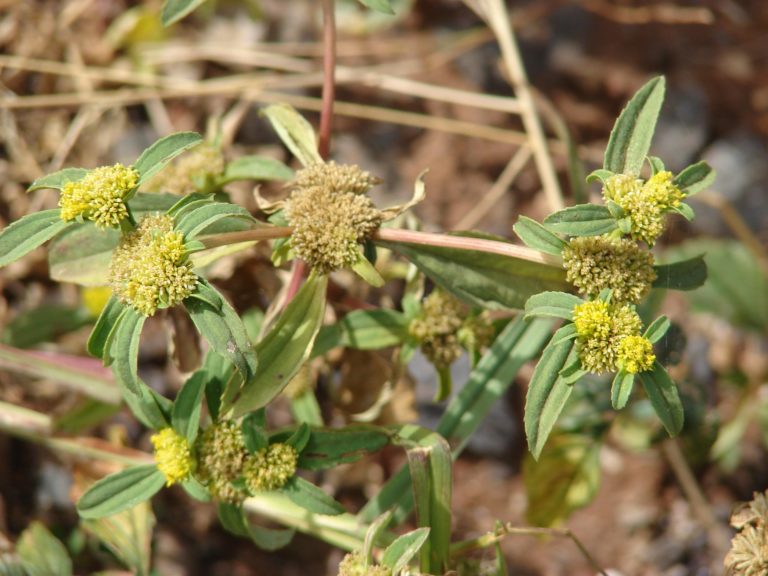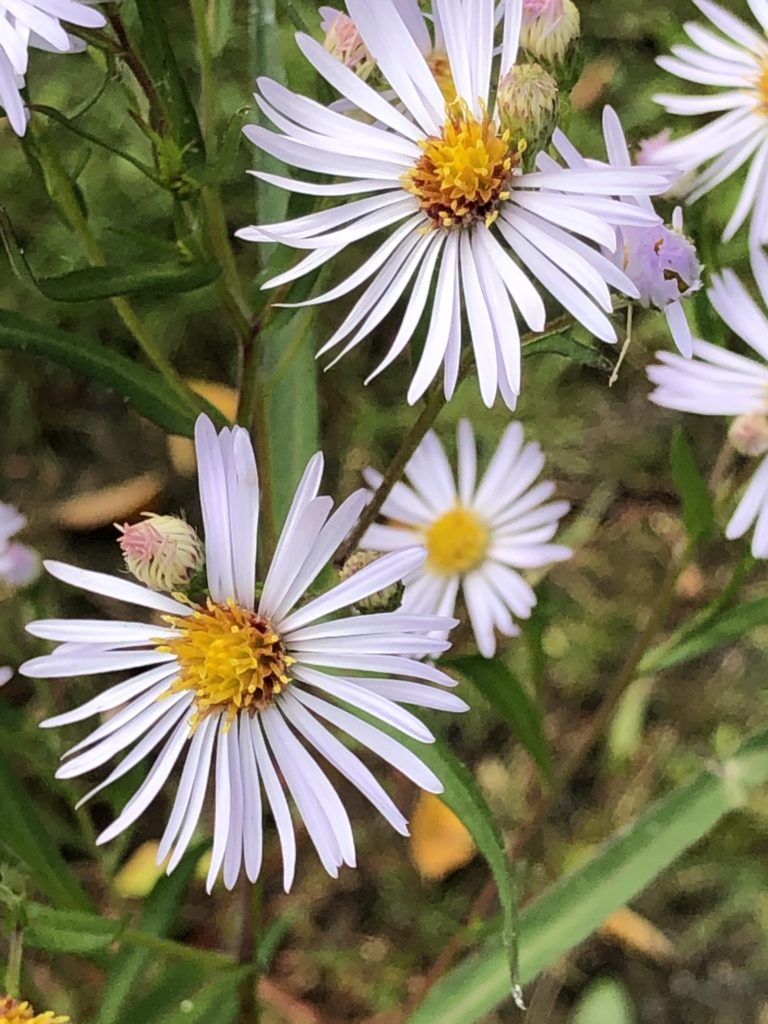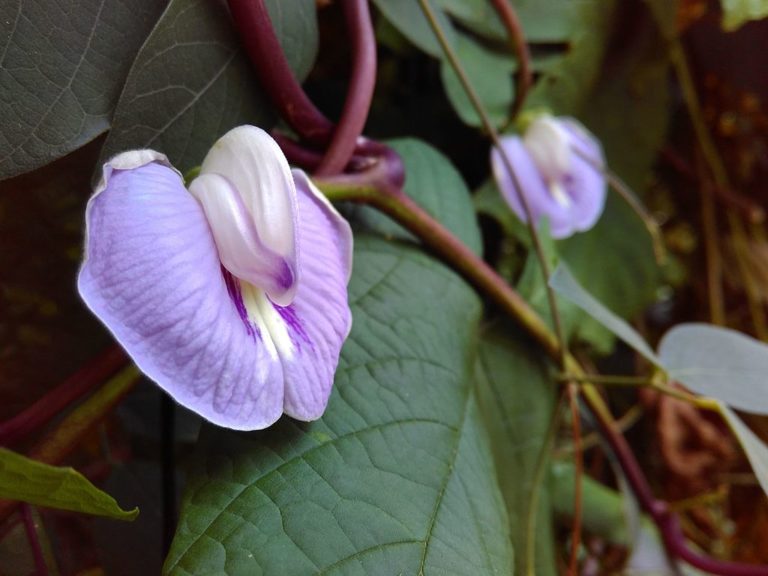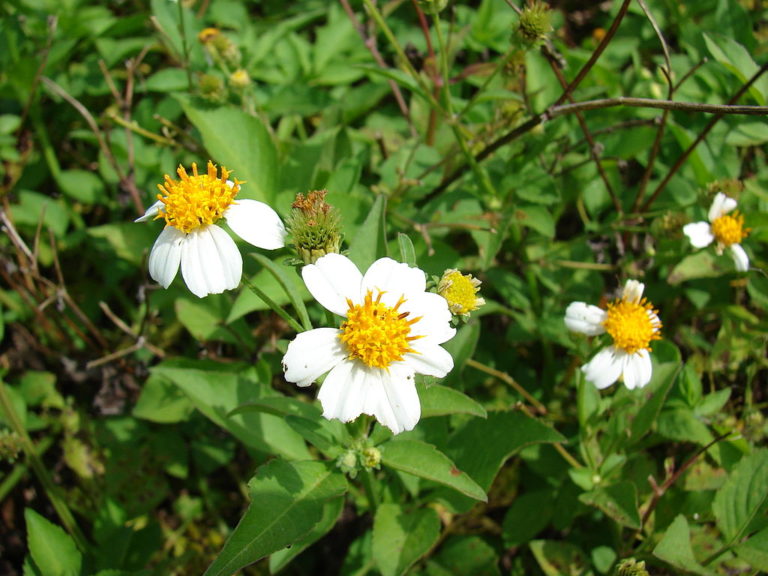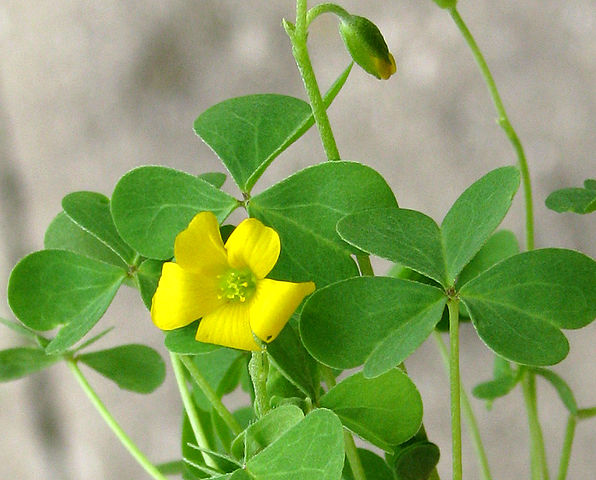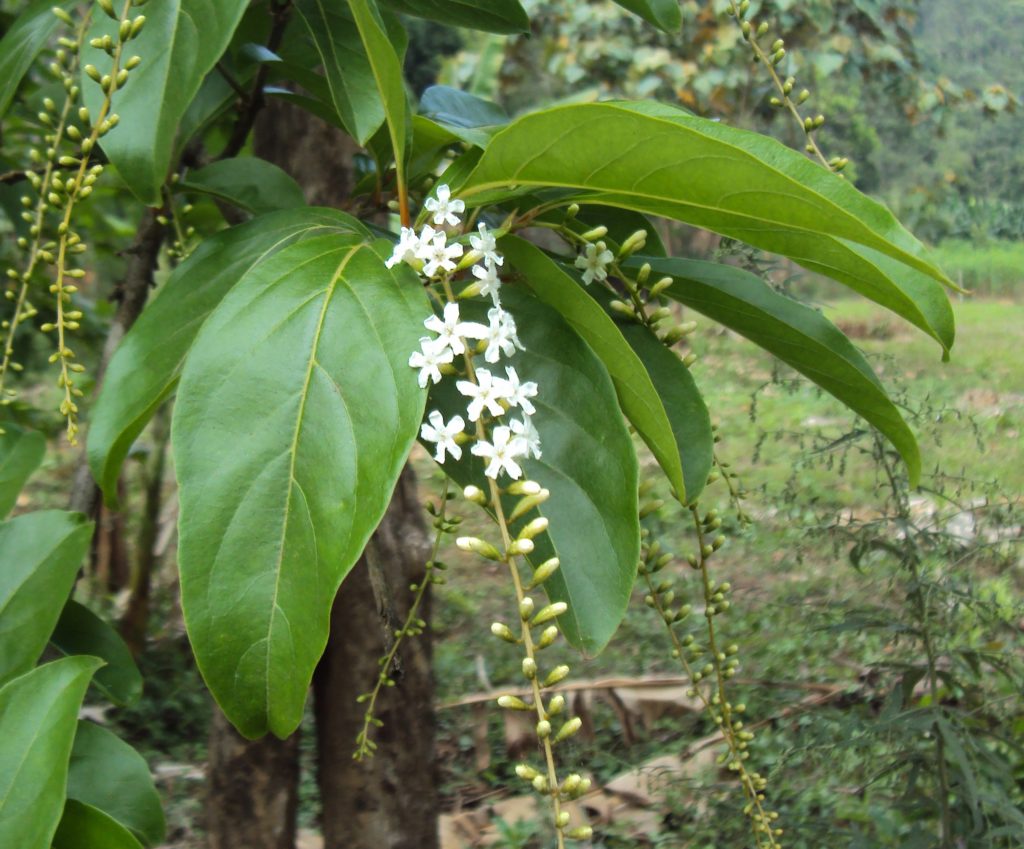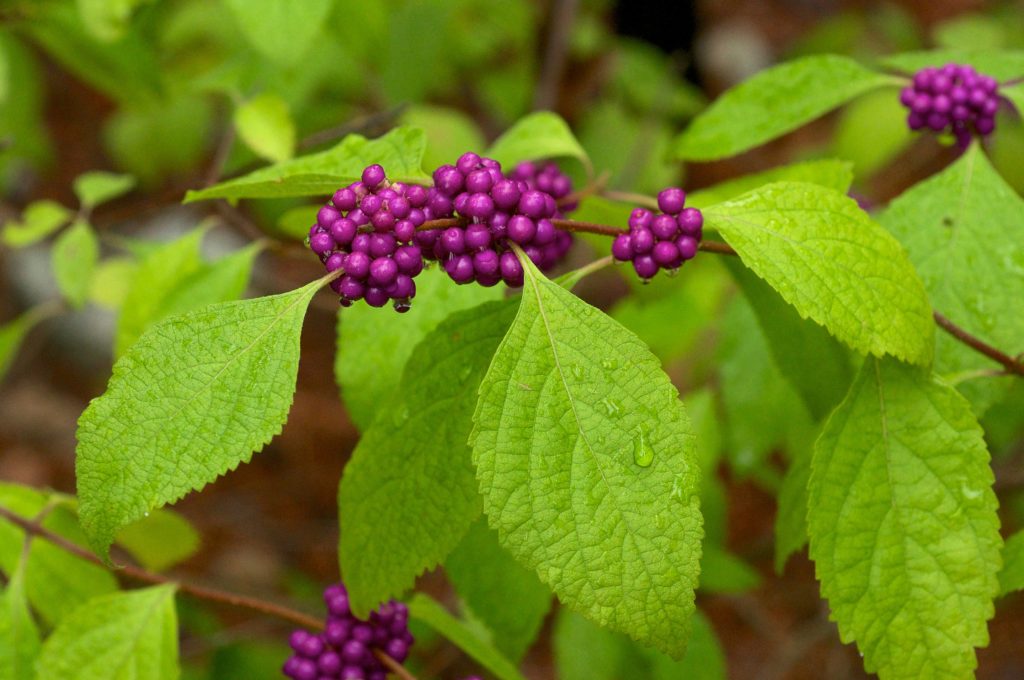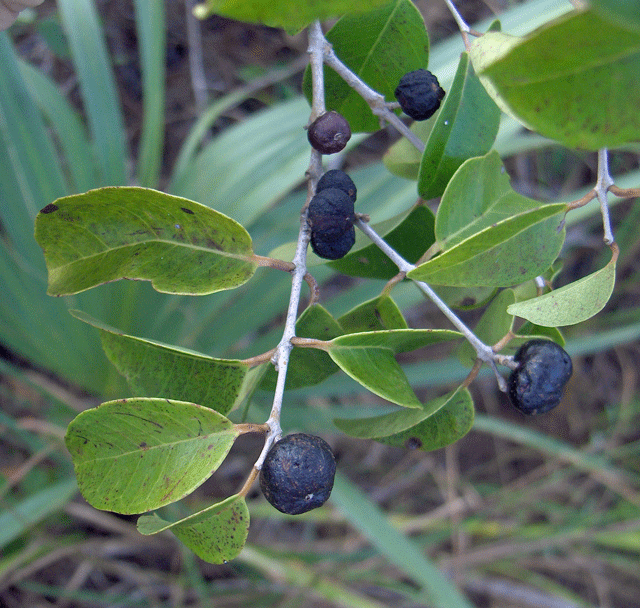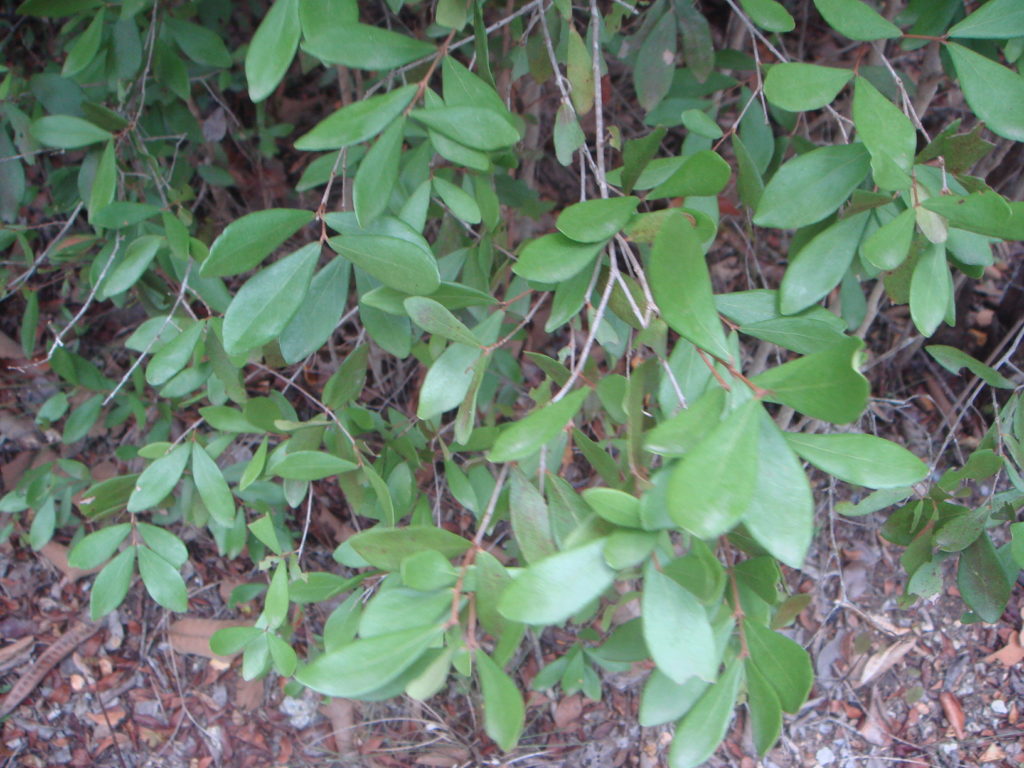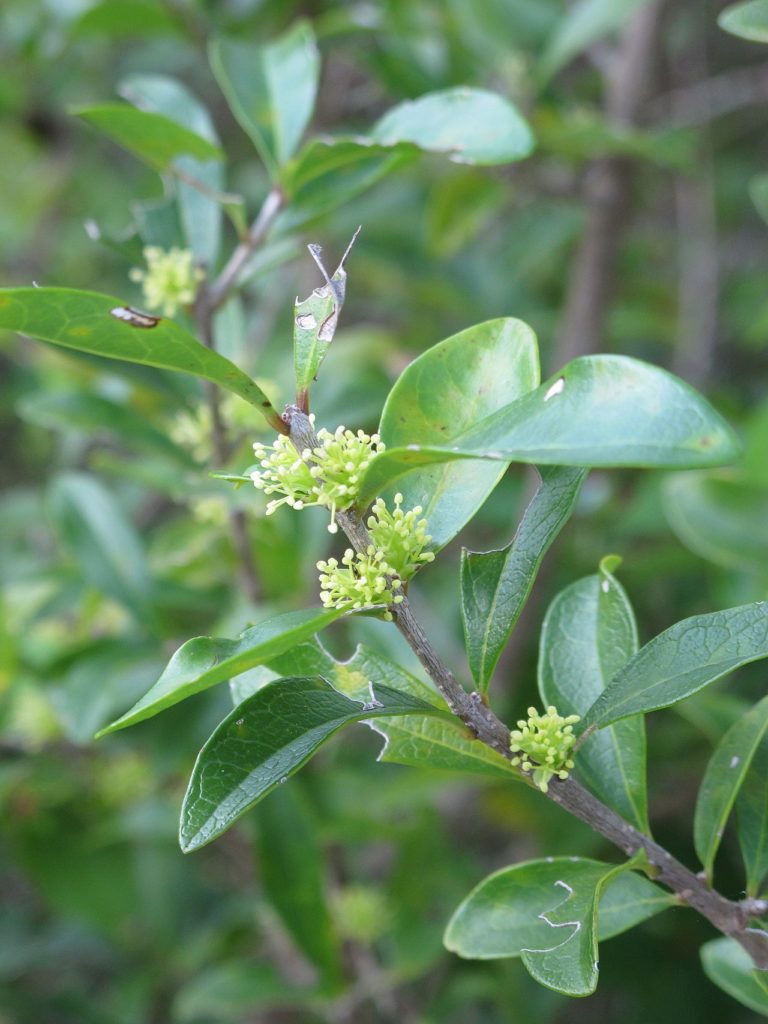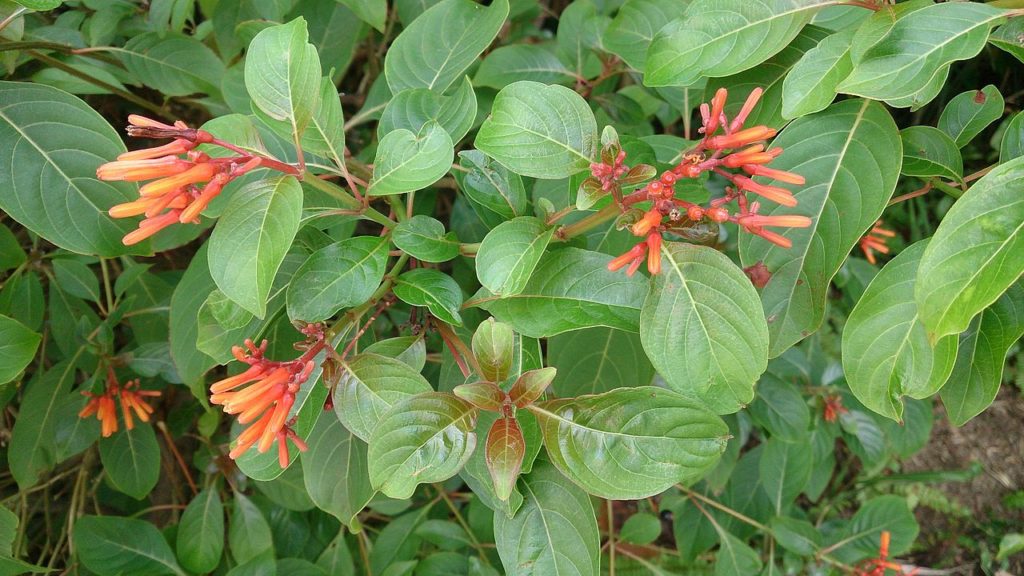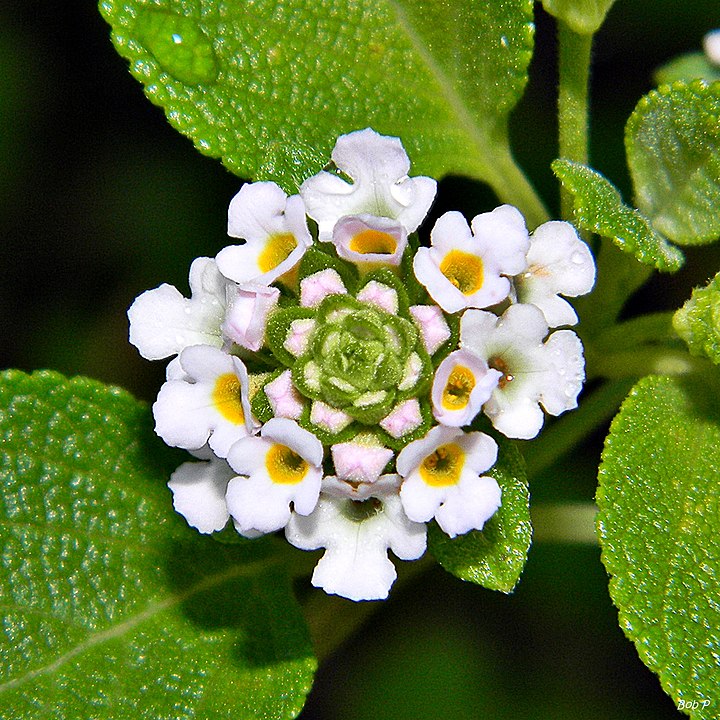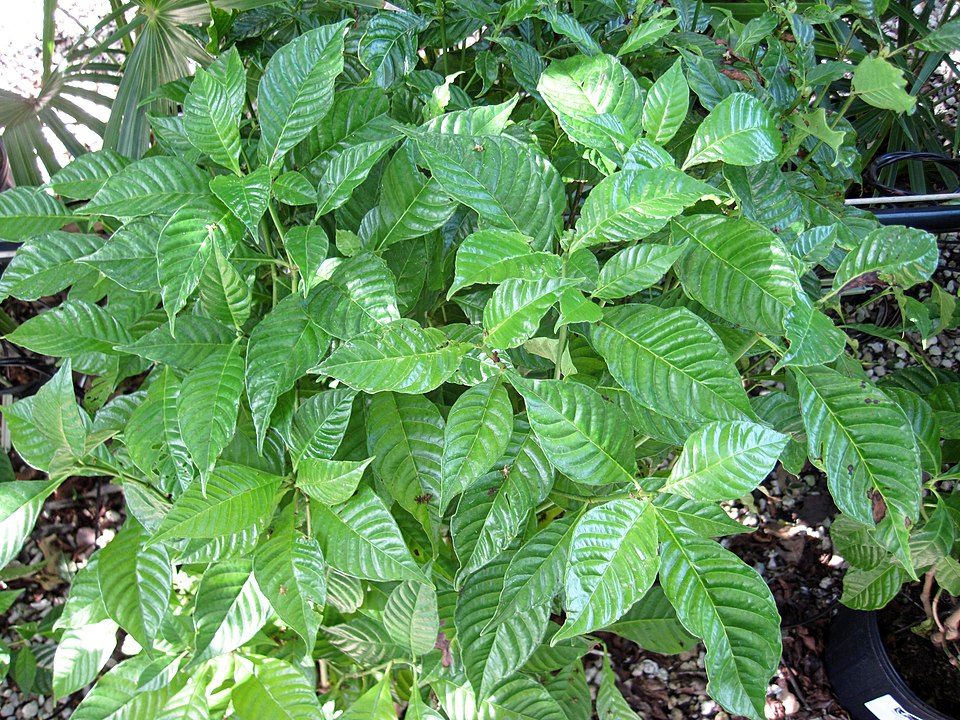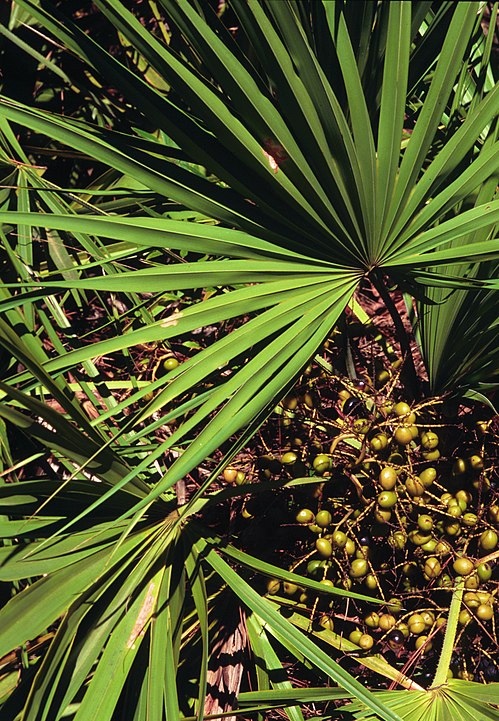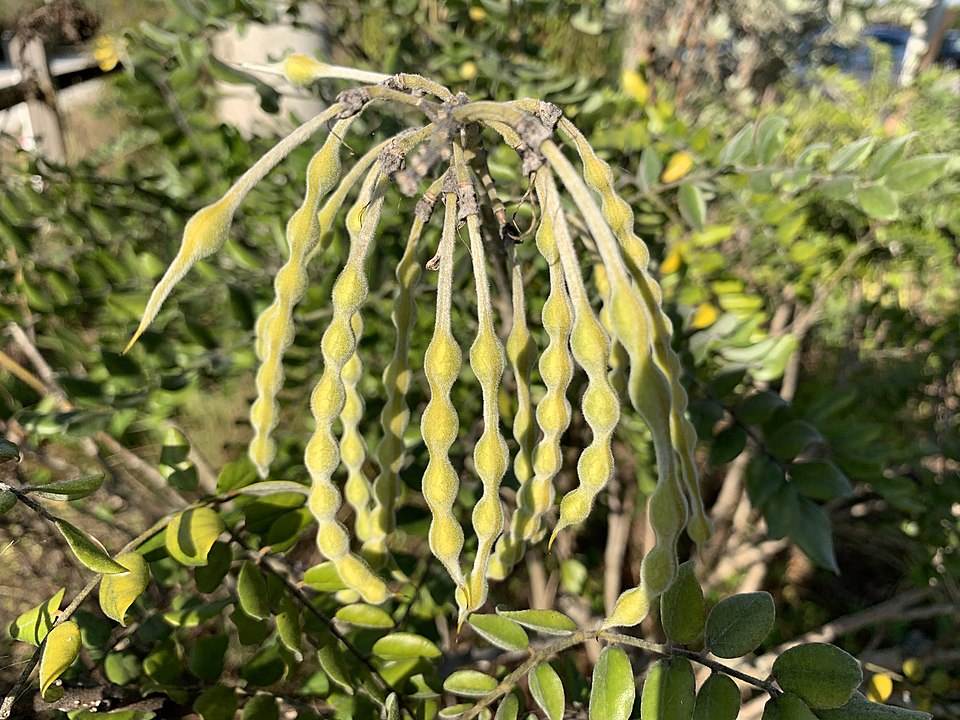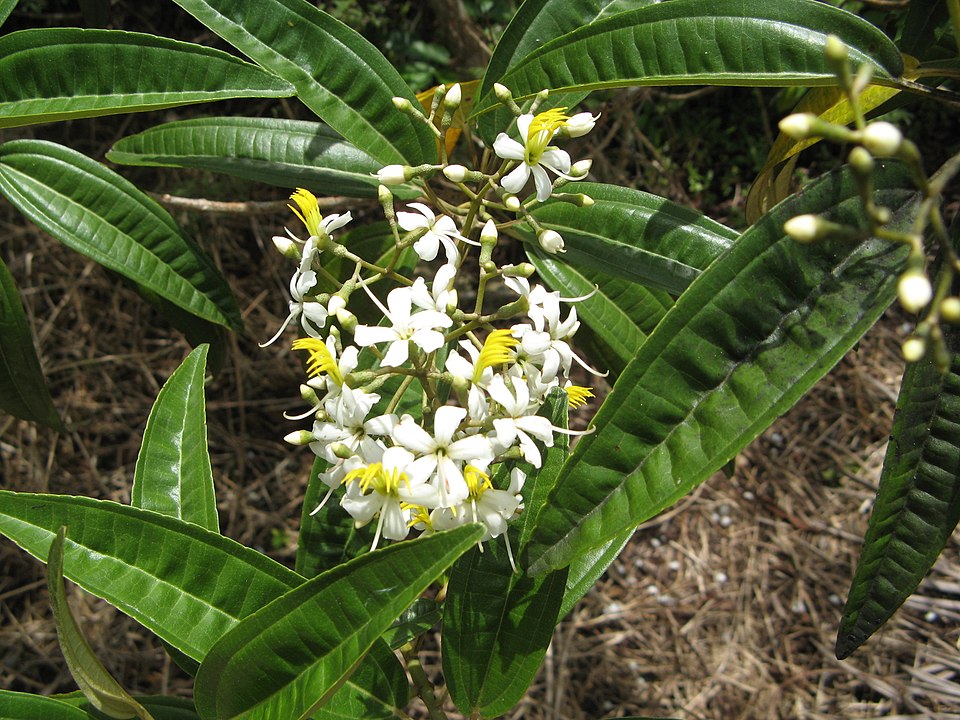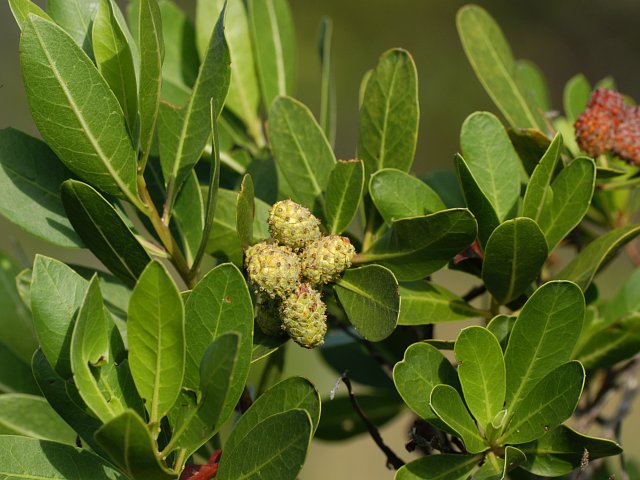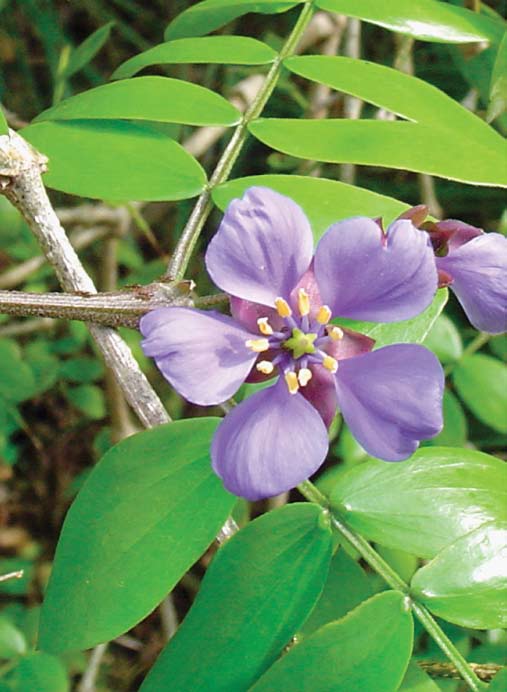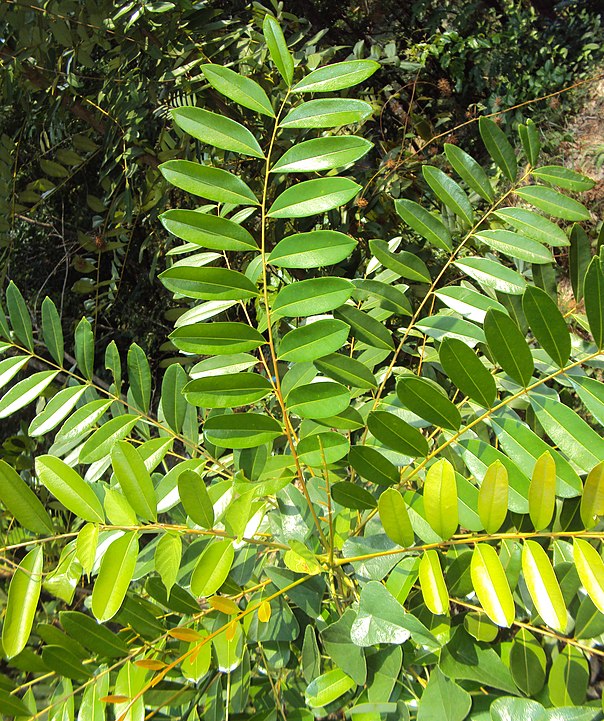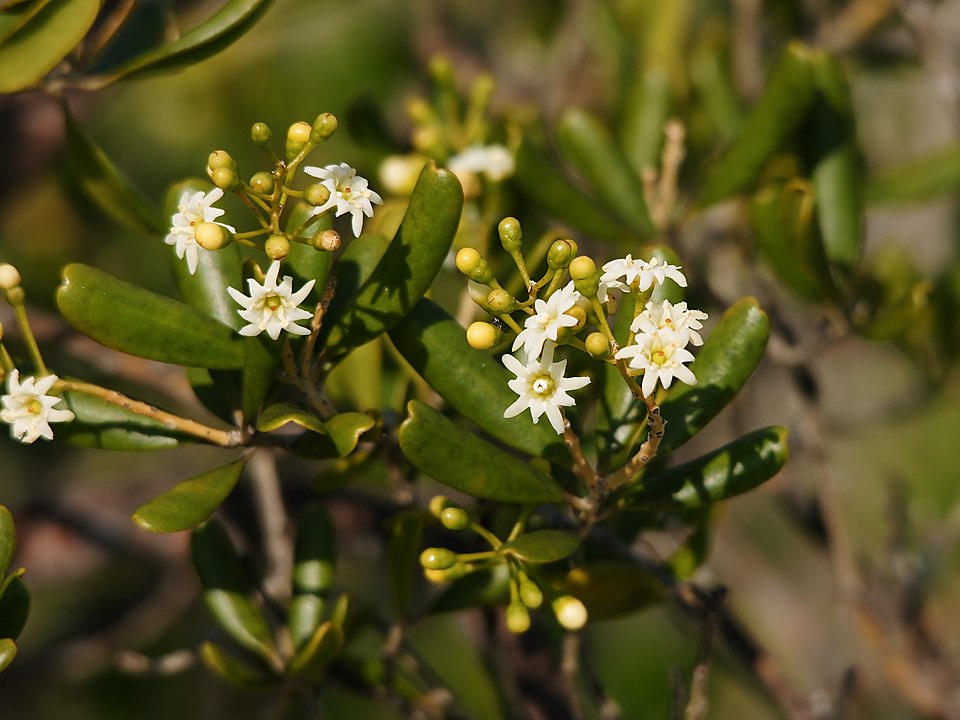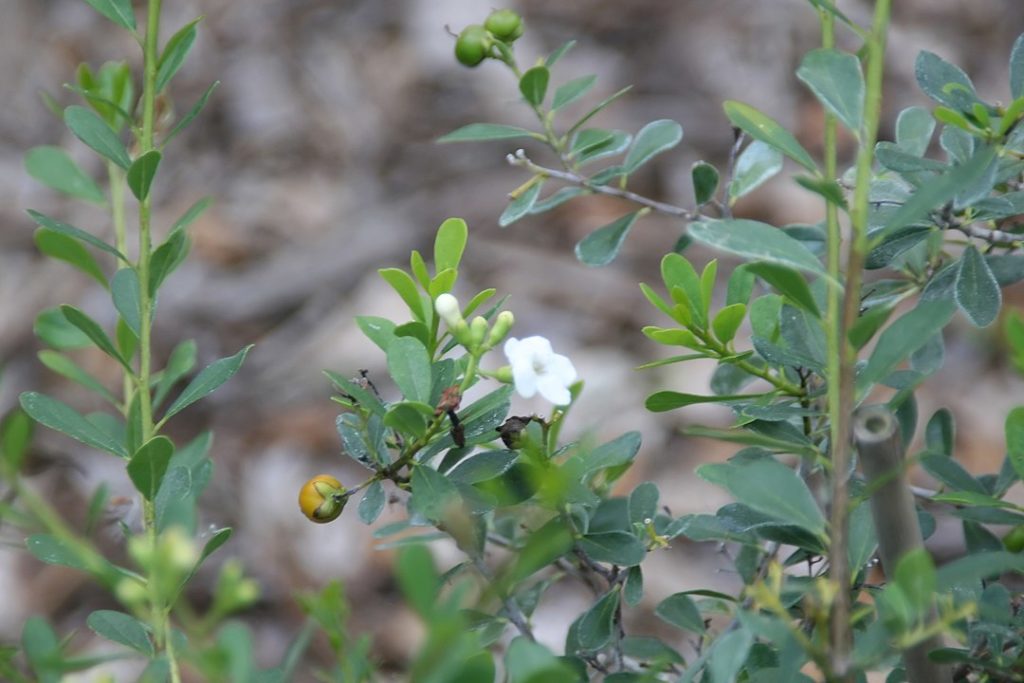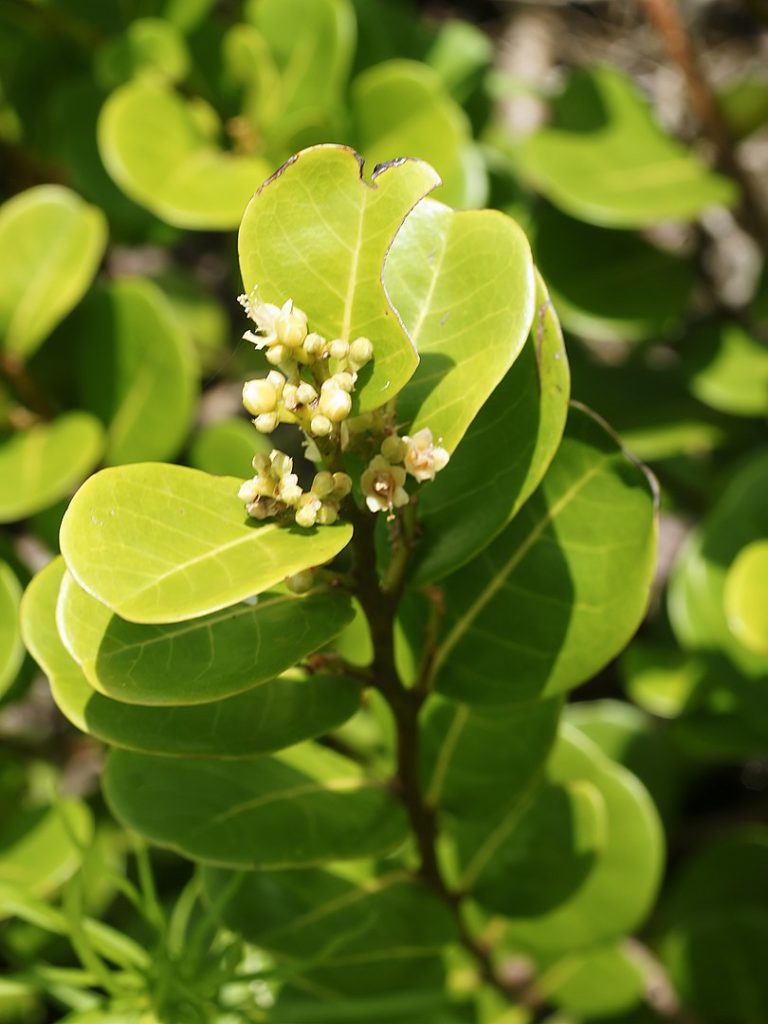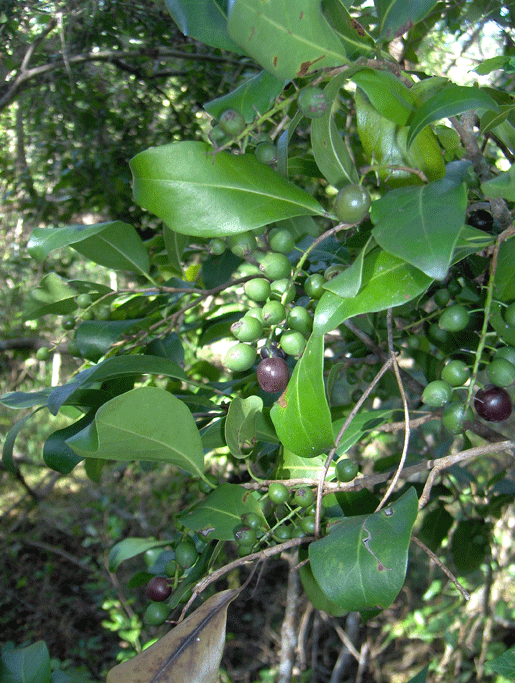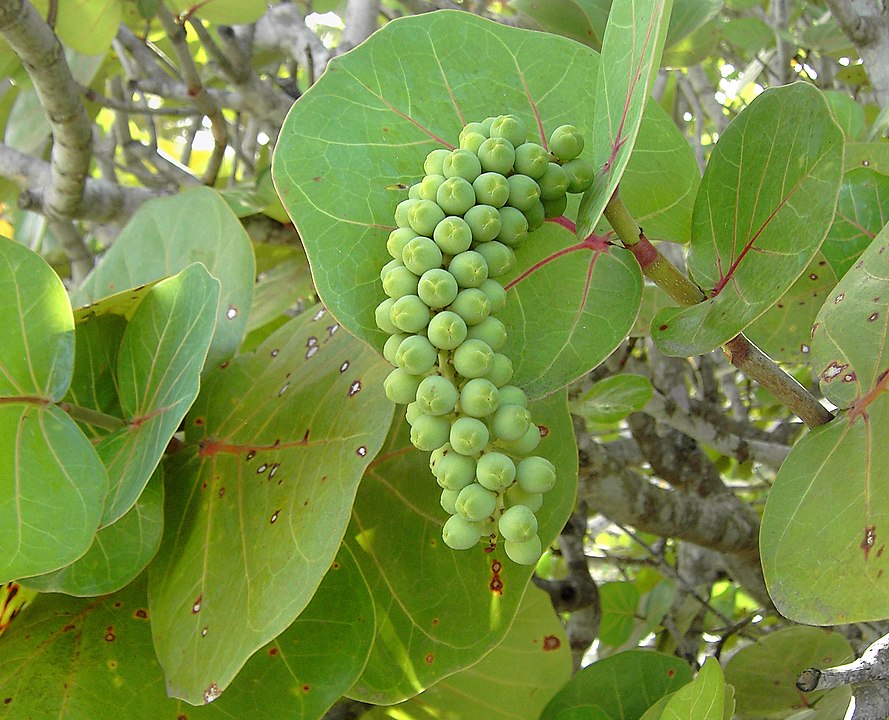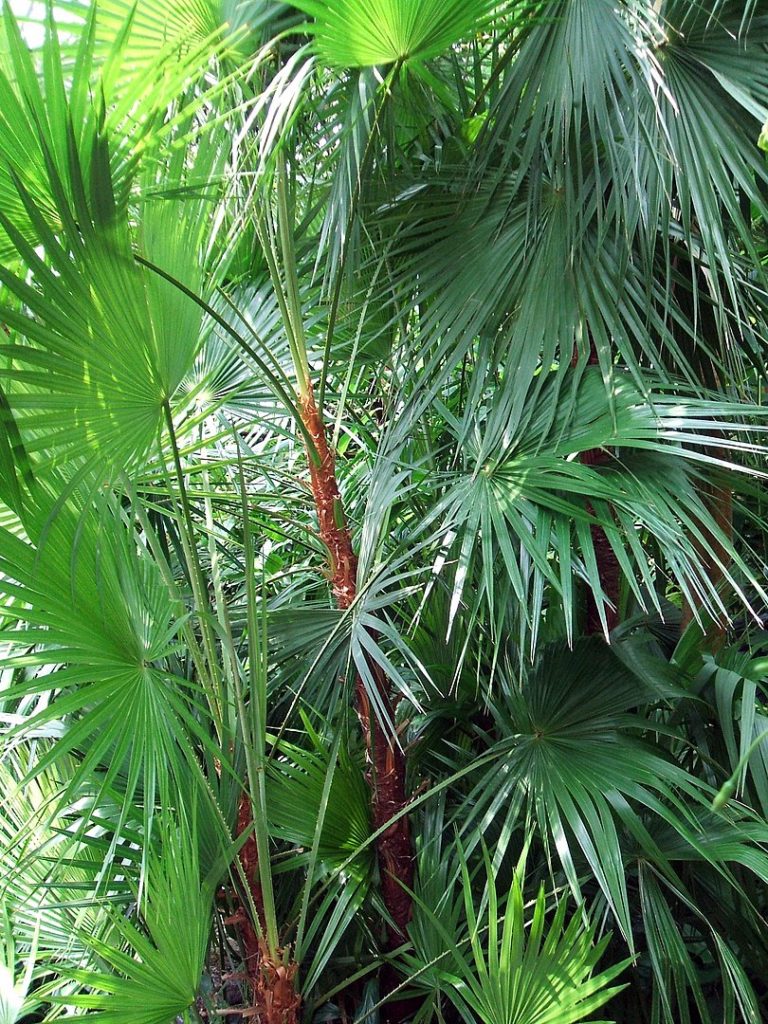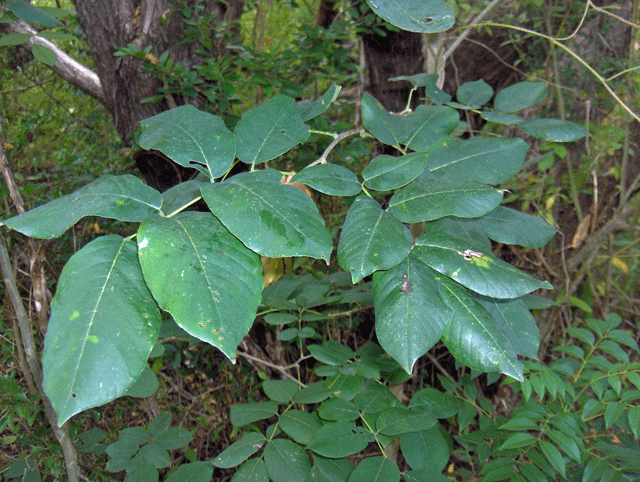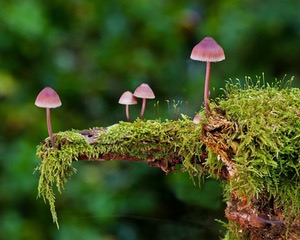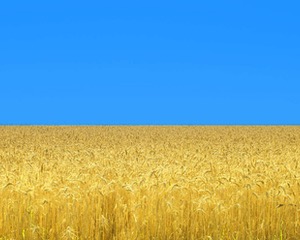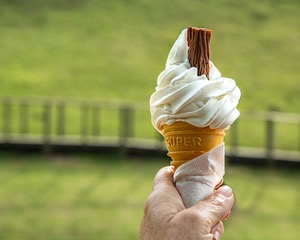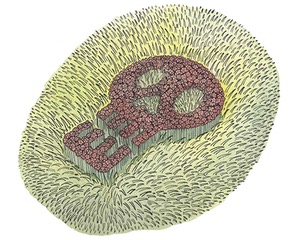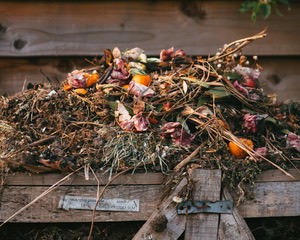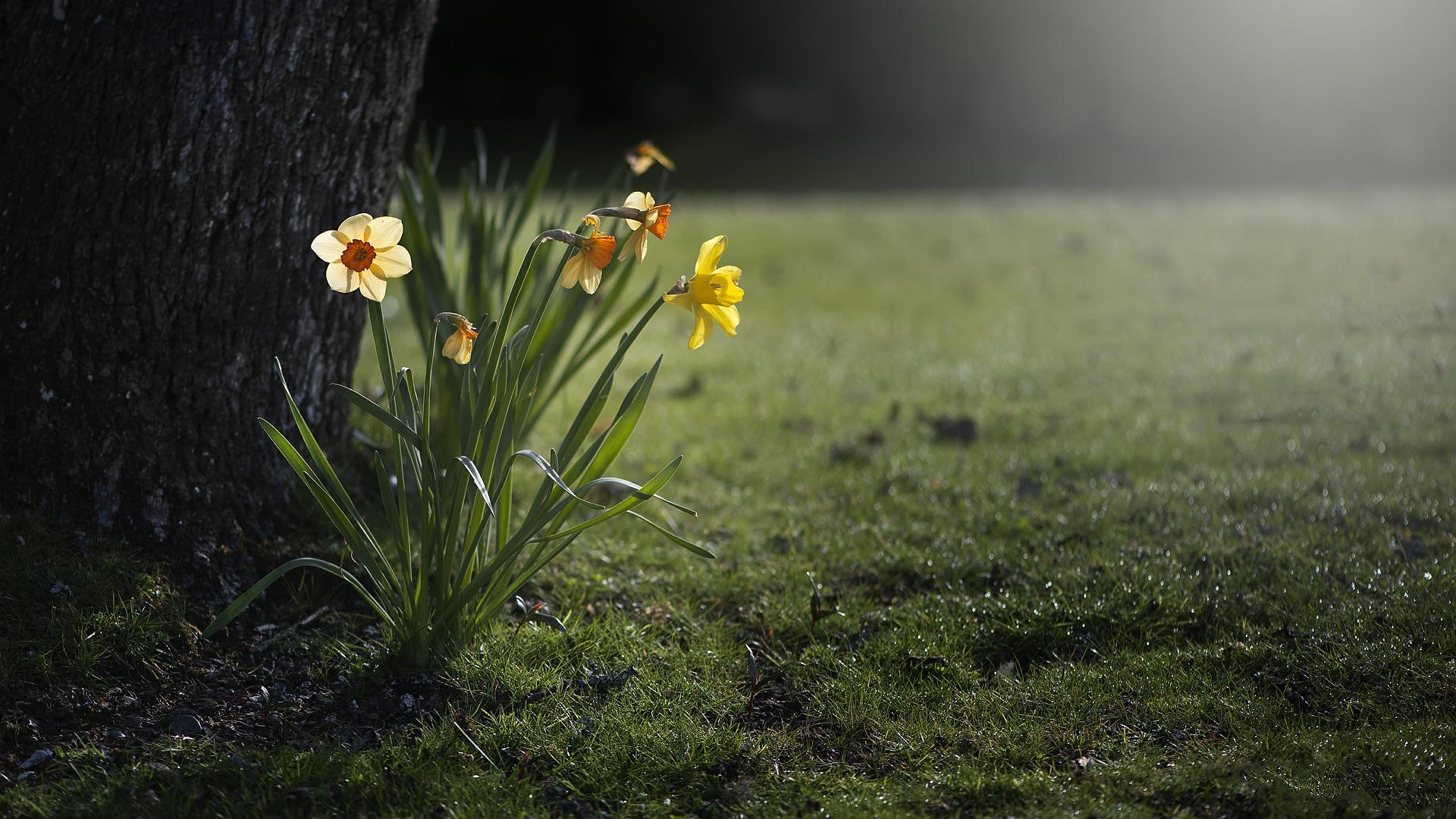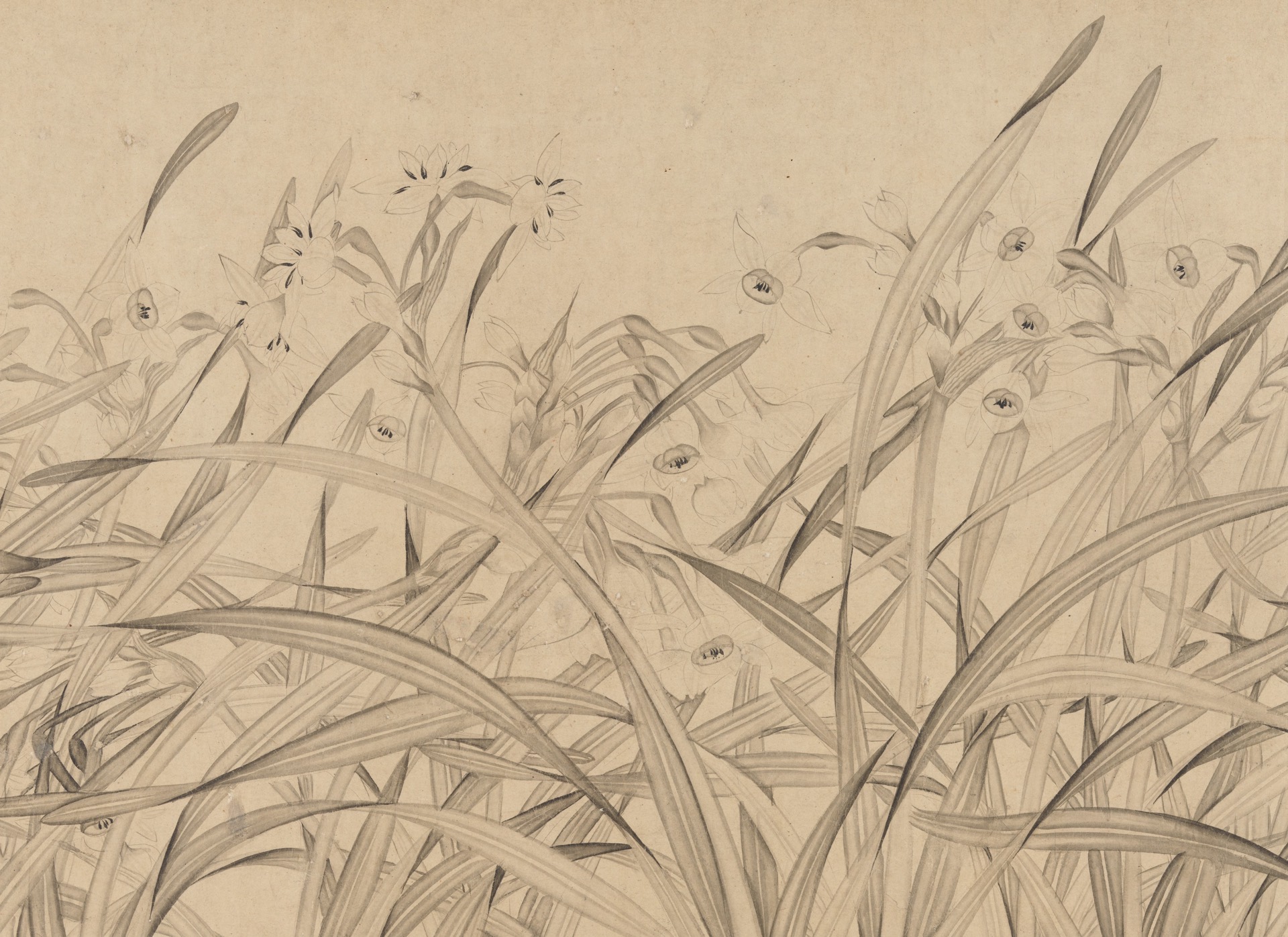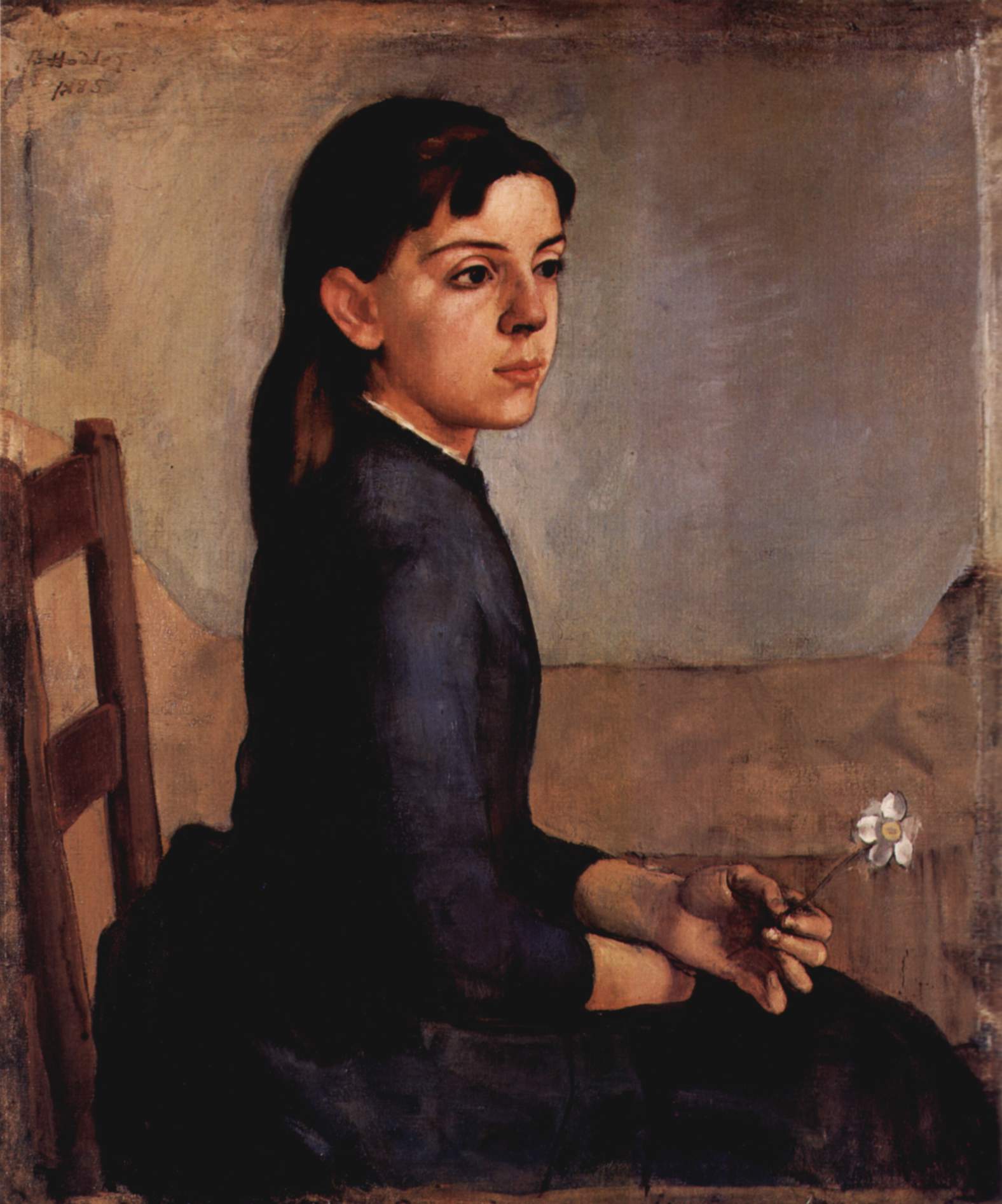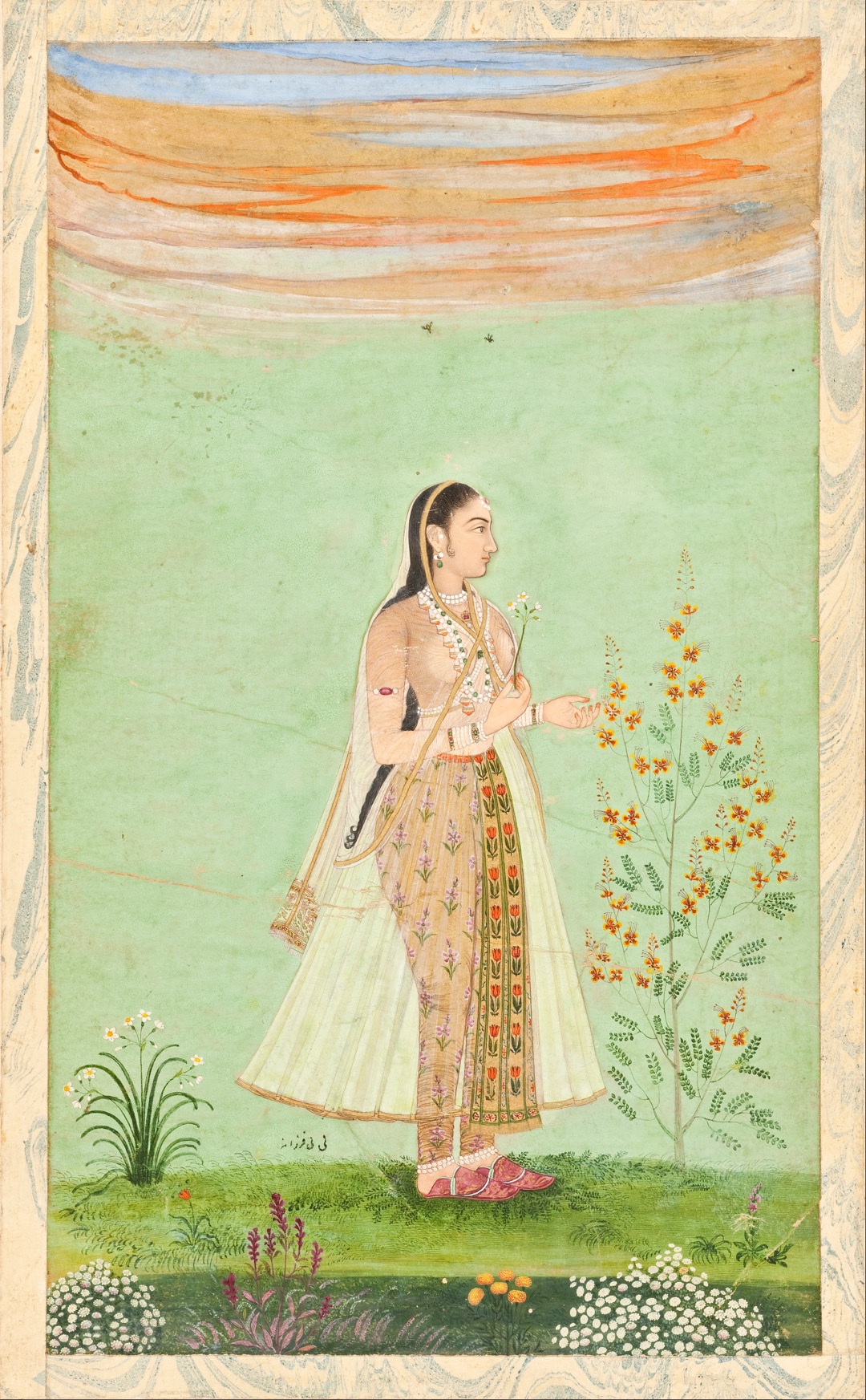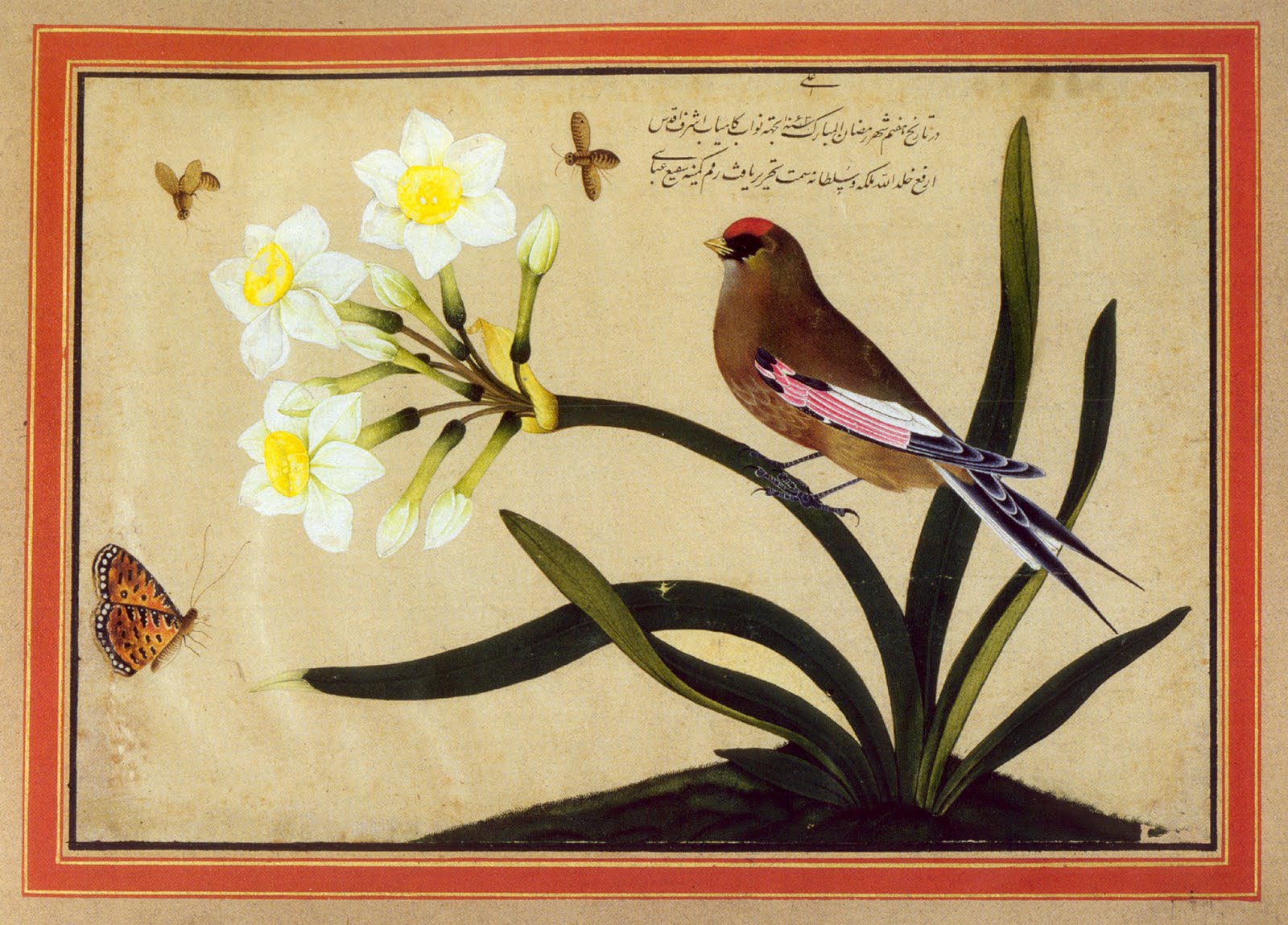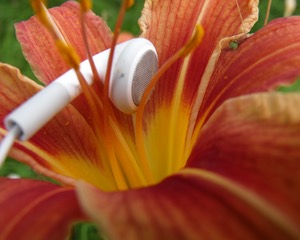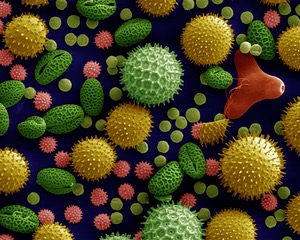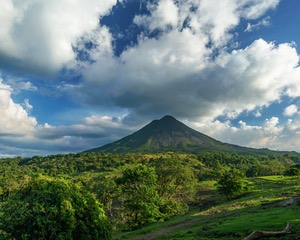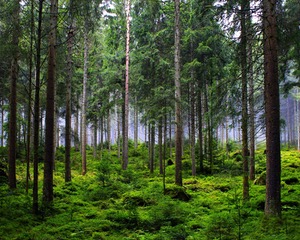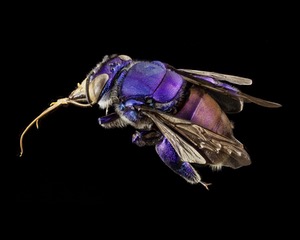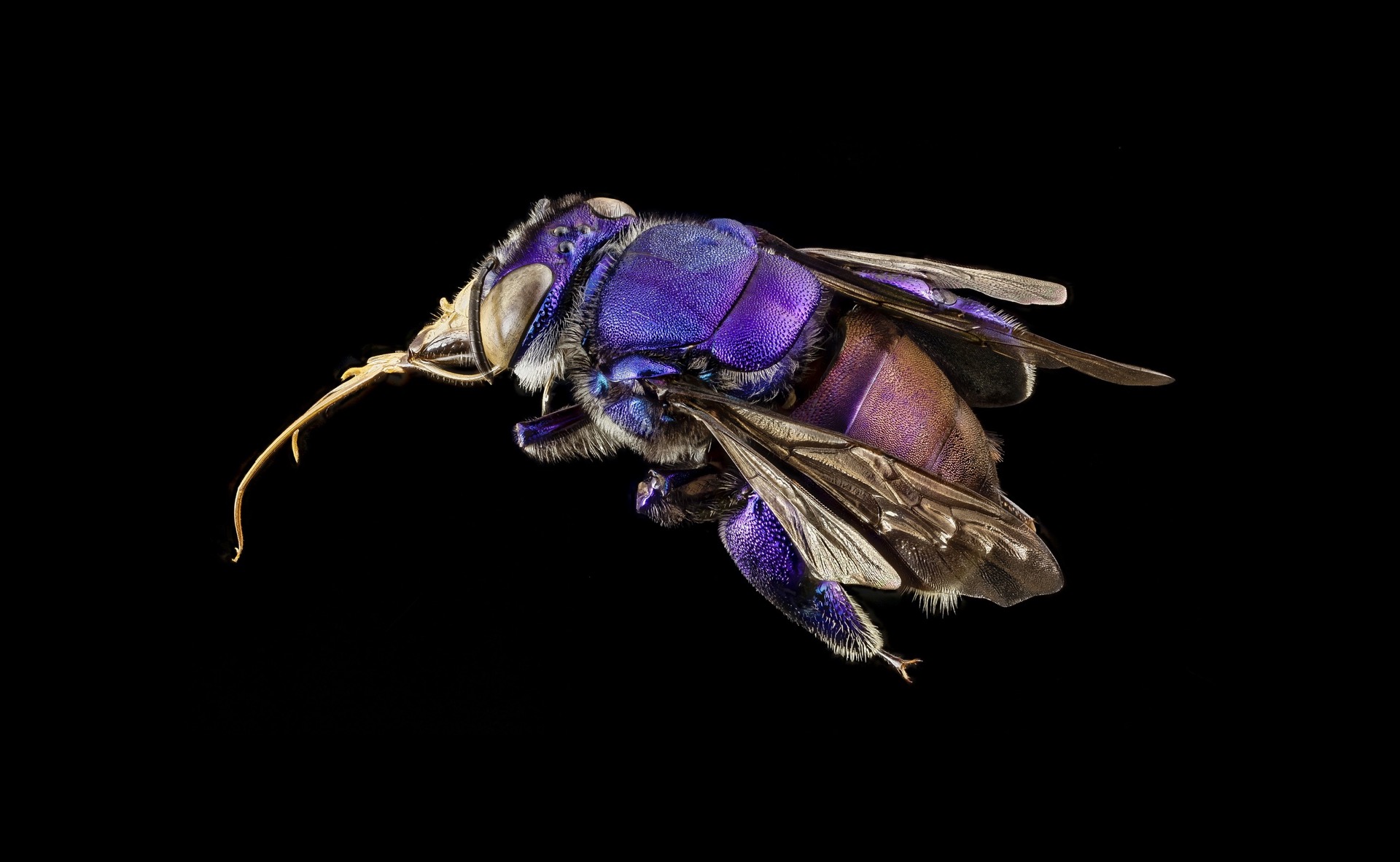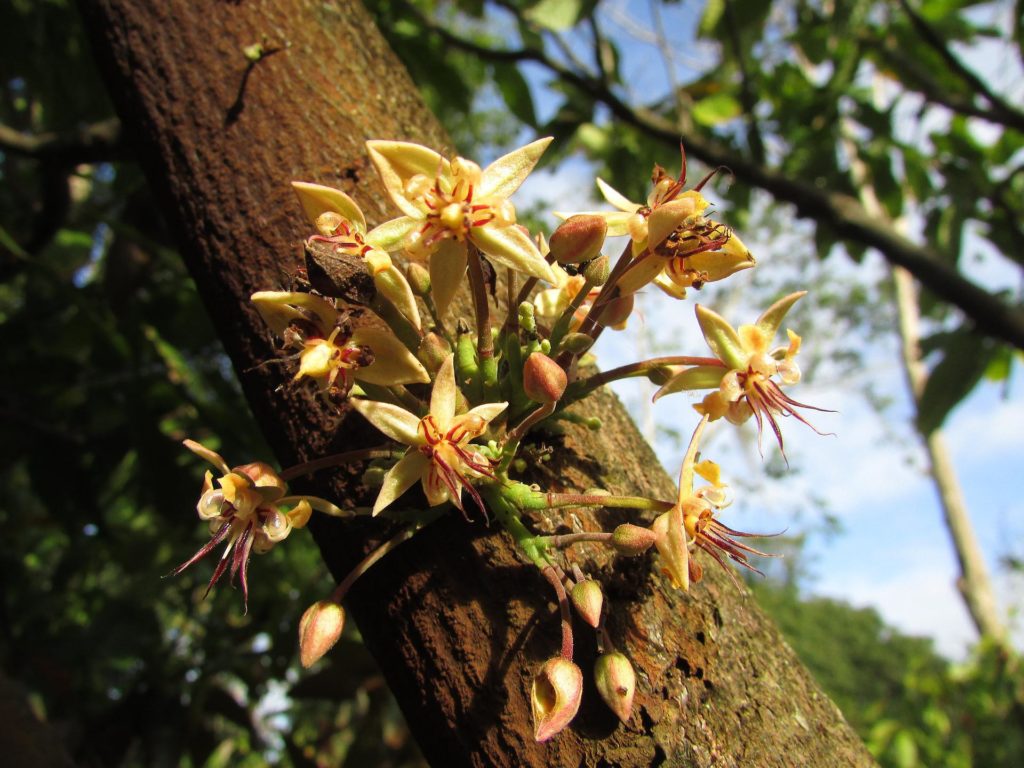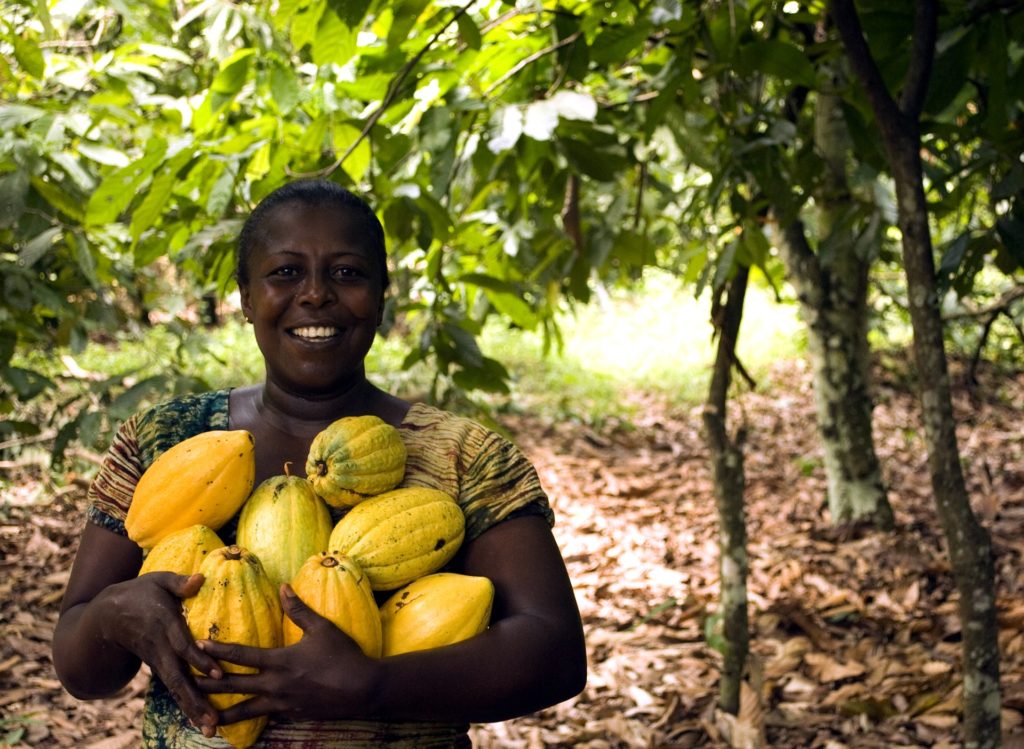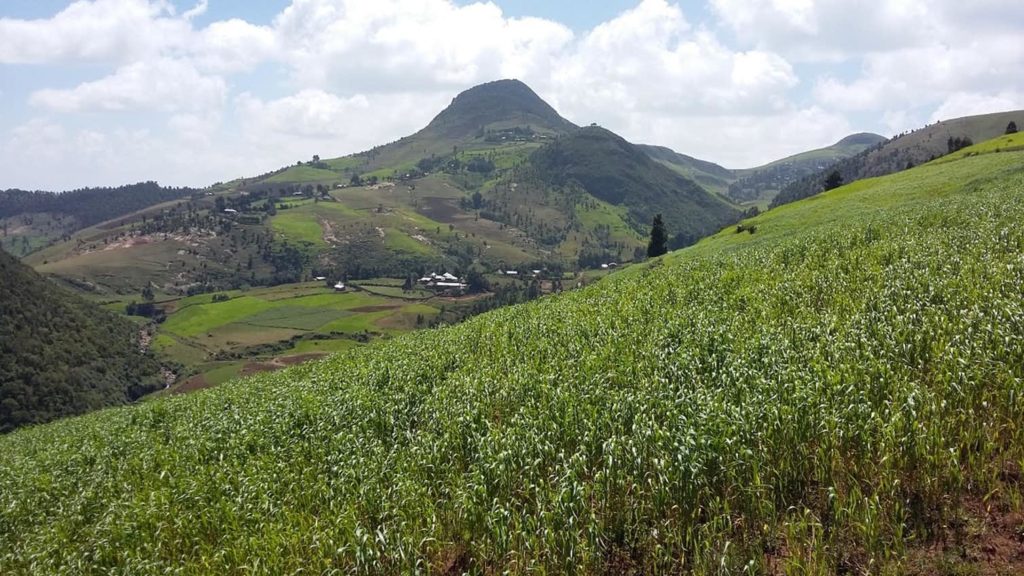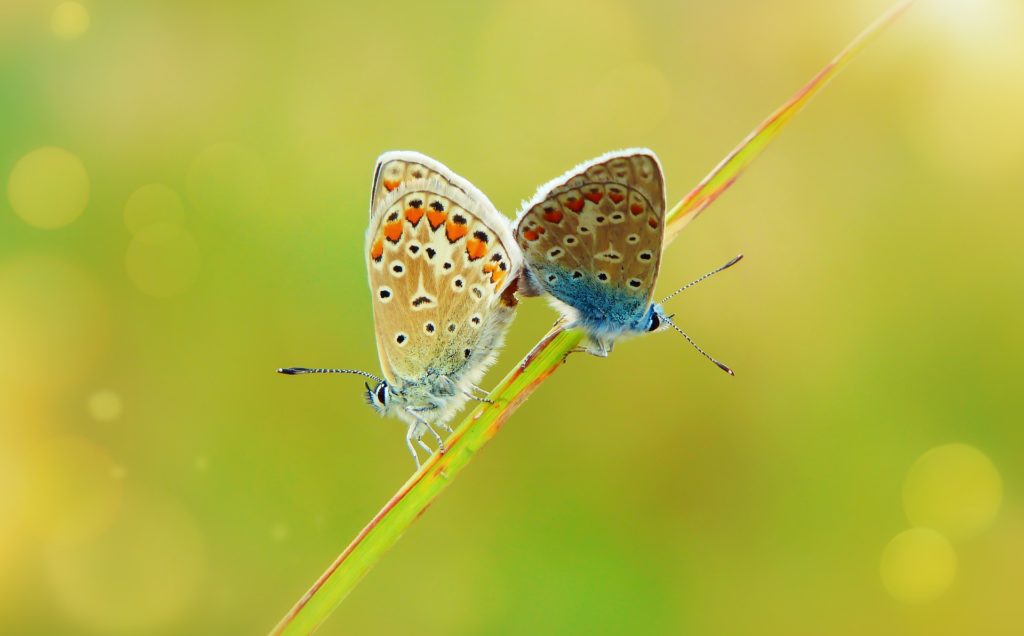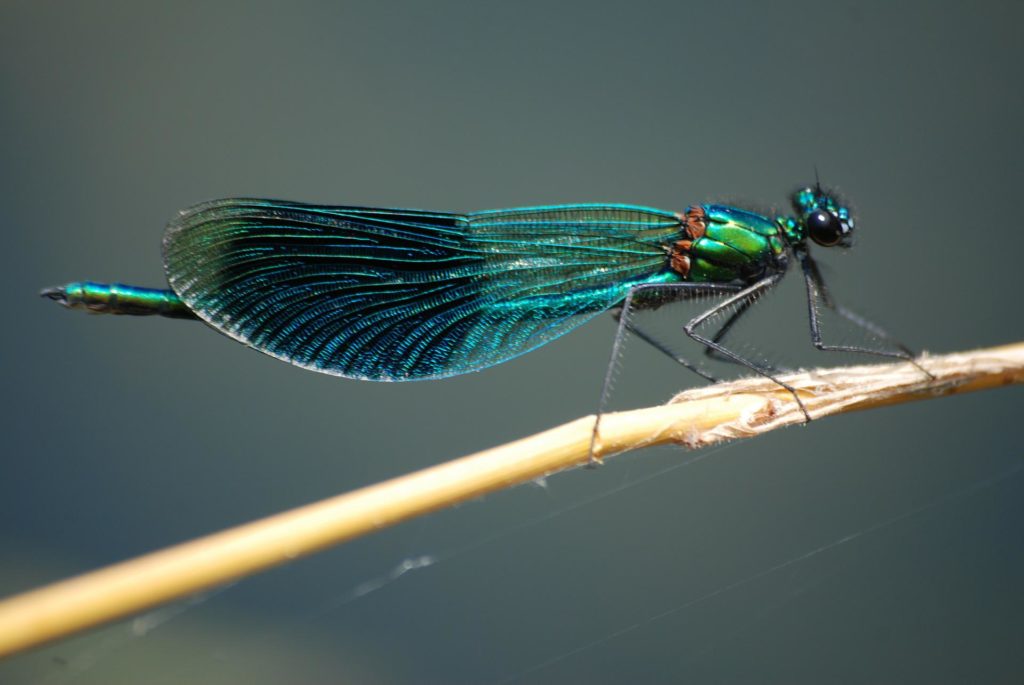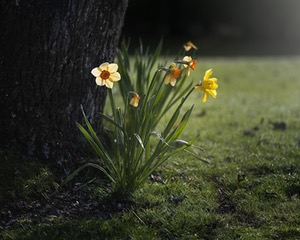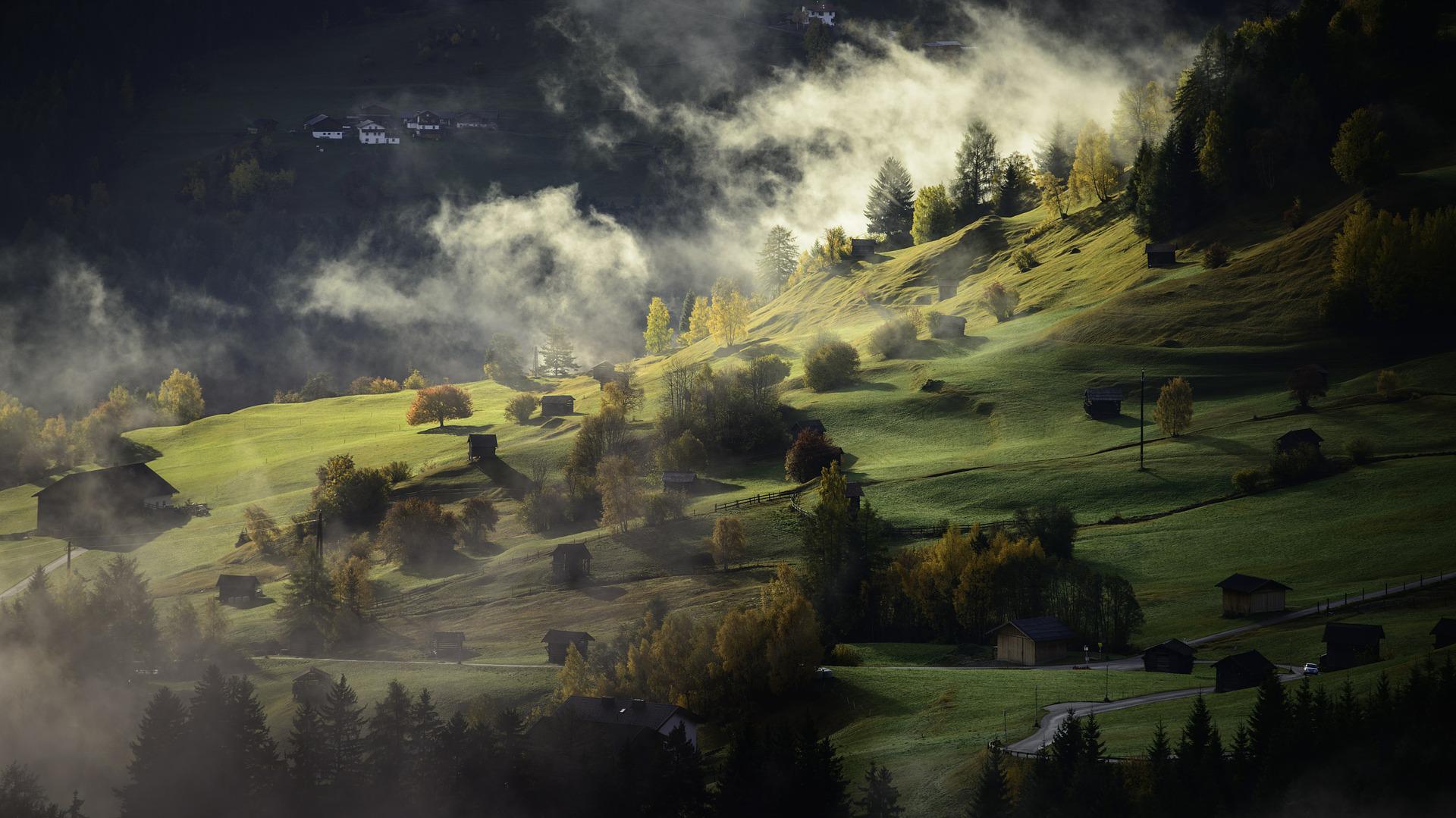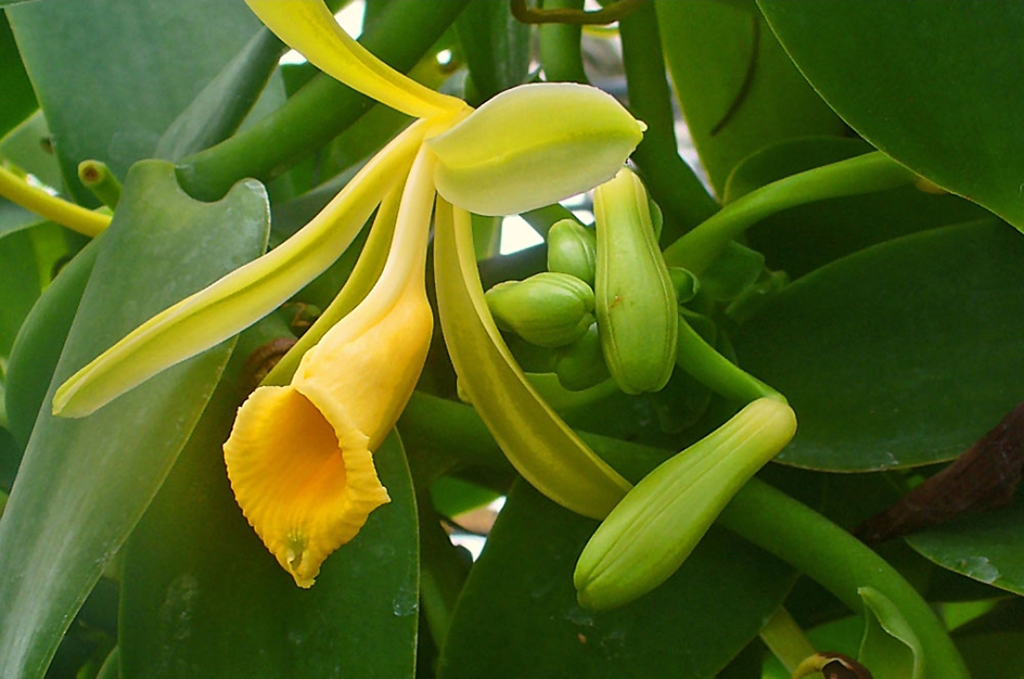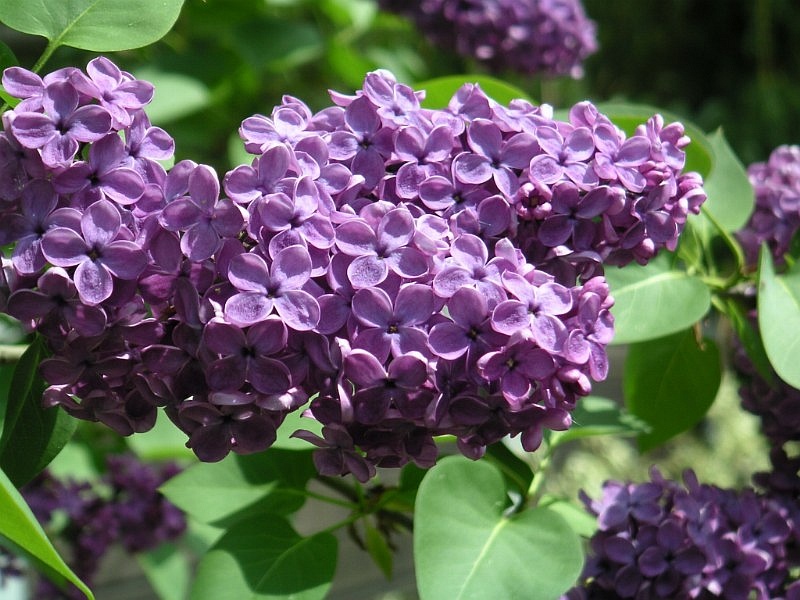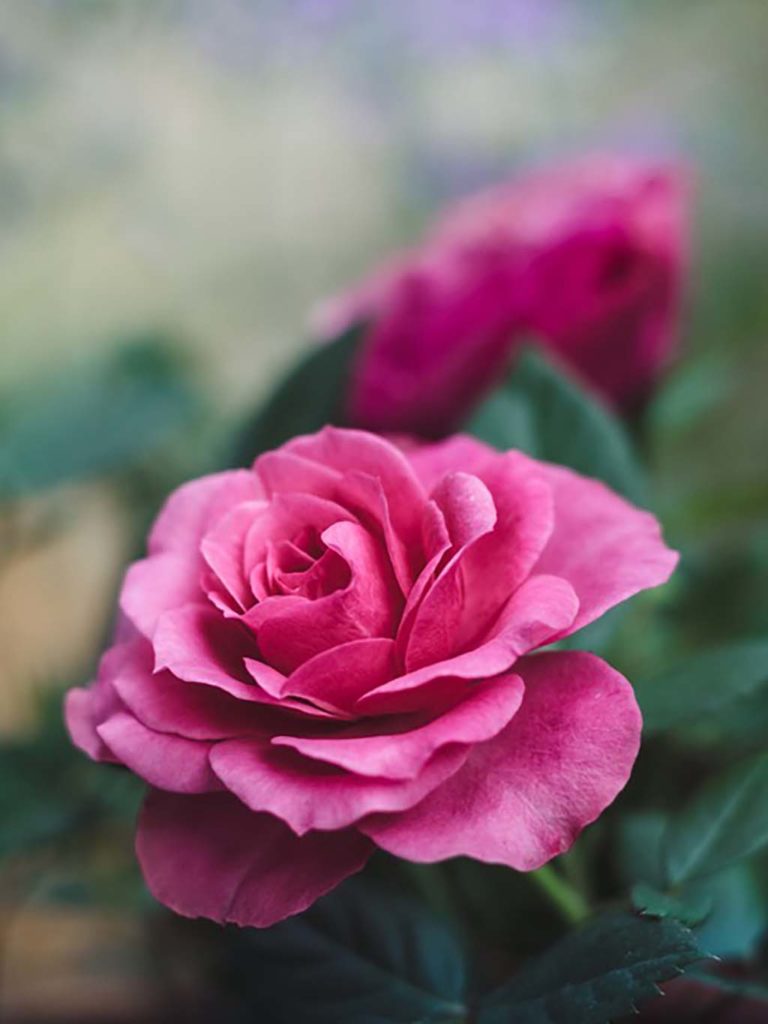
Blue Porterweed (Stachytarpheta jamaicensis) and Florida state butterfly, Zebra Longwing (Heliconius charitonius) which is known as an intelligent insect. Jee & Rani Nature Photography CC BY-SA 4.0
A Garden of Passion and Compassion: Miami Beach Botanical Garden
An Interview with the Director and Staff
By Gayil Nalls
Sign up for our monthly newsletter!
Miami Beach Botanical Garden (MBBG) is 3-acres of inspired subtropical paradise located in the middle of South Beach, next to the Collins Canal. The area was once a transportation system built in the early 1920’s to deliver produce to the Port of Miami from the world’s largest mango and avocado orchards. Today, the garden echos the unique natural features of Florida’s ecosysytems, managed in a public-private partnership, owned by the city of Miami Beach and operated by the garden conservancy.
At a time when the world is heavy with challenges, I spent a day at MBBG and was reminded of what can be accomplished if we individually take care of our own backyard. While enjoying the fragrance of the wildflowers, flowering trees, and orchids, I walked peacerfully under the shaded canopy of a large variety of palm tree species and other trees in residence with an amazing variety of pollinators that the native flora attracts.
This gem of a garden is made possible by a small, passionate and dedicated staff ensuring the conservation and preservation of Miami Beach Botanical Garden. Susan Askew, Director,
Riki Bonnema, Horticulture & Beekeepper, and Drew Mullin, Orchid Specialist, spoke with me in March.
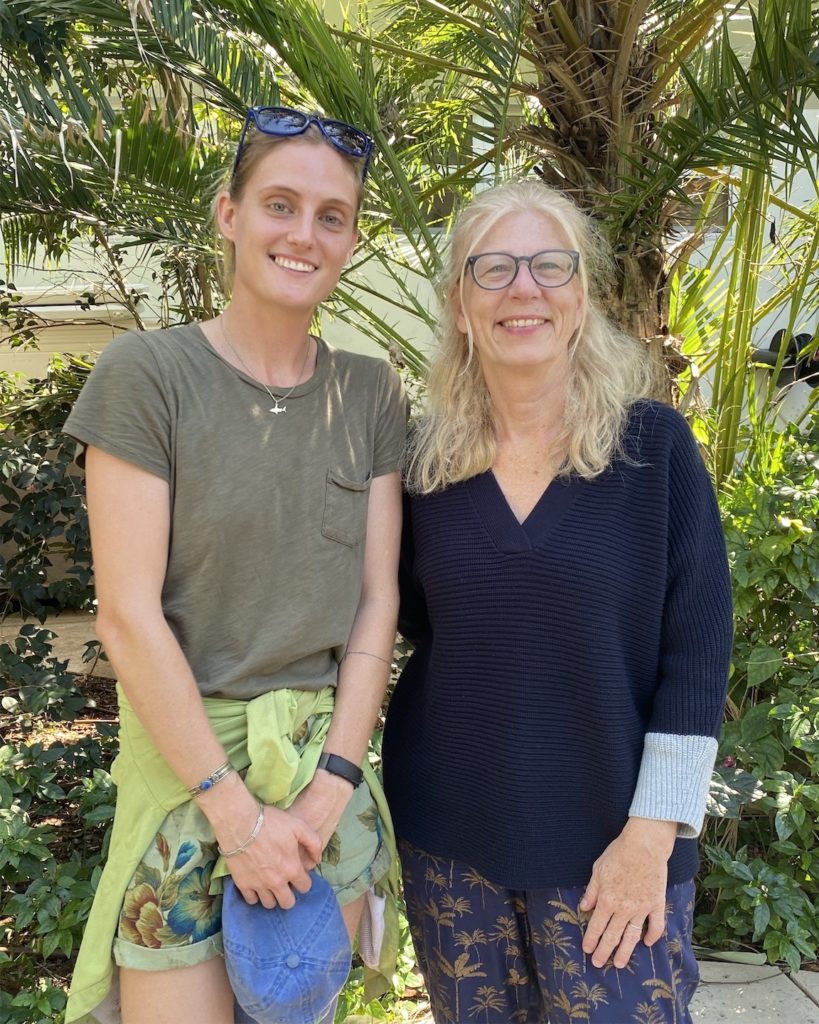
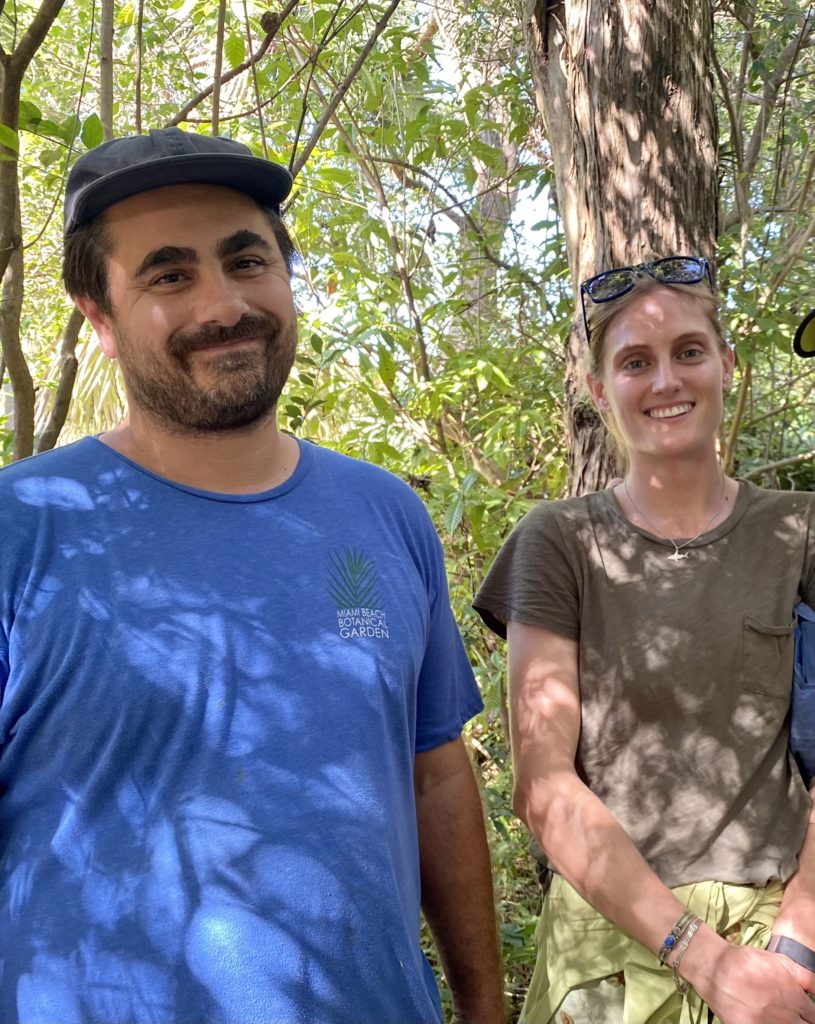
Can you tell us about the history of the area where the Miami Beach Botanical Garden sits, and how the garden came to be such a treasure?
Susan Askew: The garden was originally part of Carl Fisher’s golf course. Carl Fisher was one of the original developers, and founders, of Miami Beach, and he had this golf course that encompassed what’s now the garden, and parts of it are what’s now Pride Park, where the Convention Center is. In the ’30s, he went bankrupt and the city ended up taking over the area.
One of the things I think that’s really important about the founding of The Miami Beach Botanical Garden is that in 1926, Miami was hit by a devastating hurricane. A group of women known as the Dixie Cup Ladies, handed out seeds and people planted pine trees and other kinds of trees in order to help Miami Beach regrow itself. These women ended up founding the first garden club in Miami Beach and fast forward into the early 1960s, there were four garden clubs here, all of whom came together when the city created a garden center and conservatory. Each of those garden clubs had a representative on the executive committee helping to run the garden center and conservatory.
In 1995, the city and the garden club began talking about the garden club and the garden conservancy coming into being, which it did in 1997. The Miami Beach Botanical Garden was incorporated as a 501(c)(3) nonprofit organization, and it has been run by the Miami Beach Garden Conservancy since then. It is a city owned property, but we manage it for the city.
The large Banyan tree that you saw in the garden is the only serving original tree in the garden. It was part of Carl Fisher’s golf course and was likely there before that.
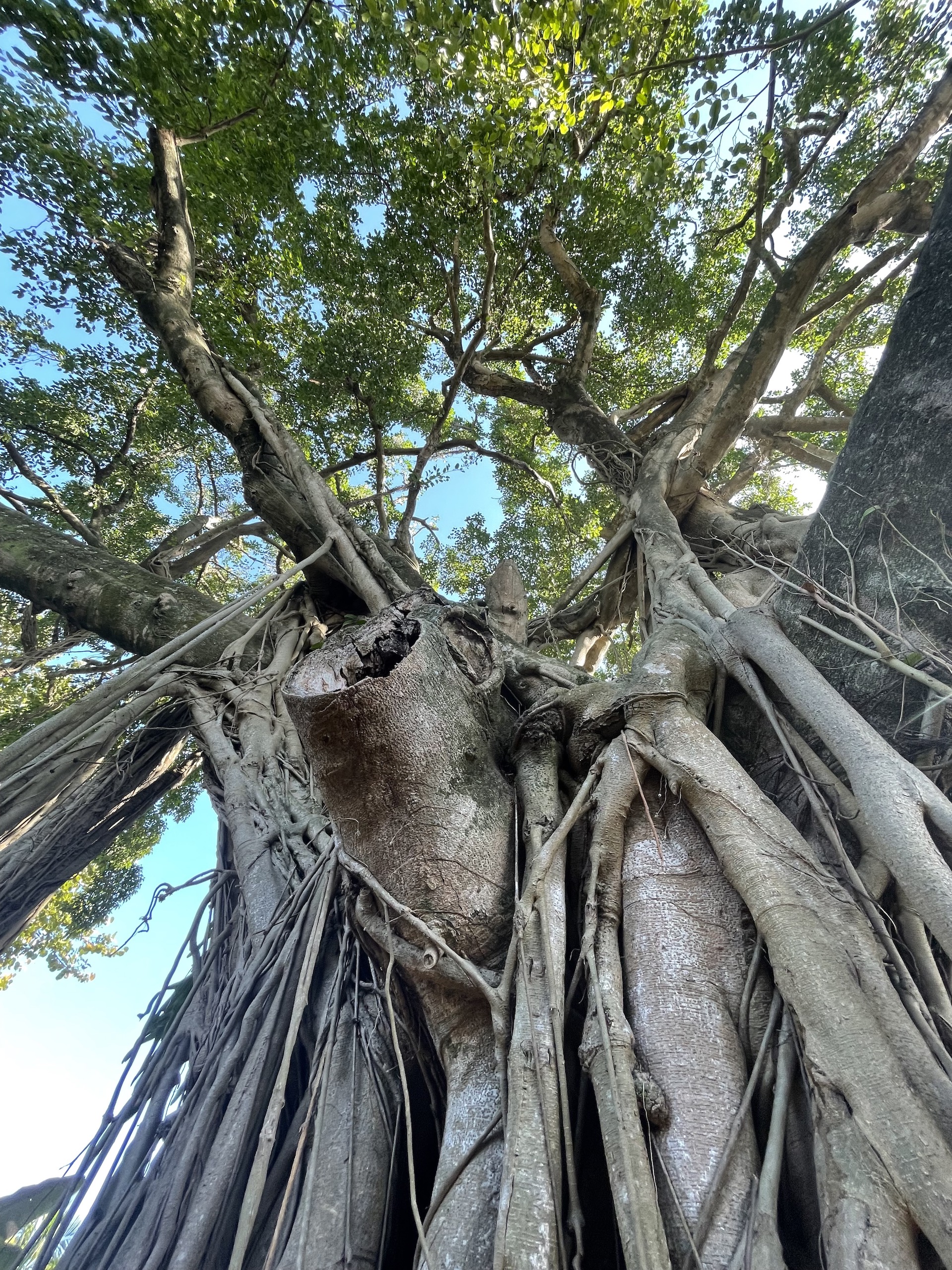
The original Banyan Tree (Ficus benghalensis)

Is seems like there are many positive partnerships and collaborations with the City of Miami going on. I have been especially excited about the project to bring back the orchids that once thrived in Florida’s heat and humidity. I’m seeing tree mounted orchids everywhere.
Susan Askew: Yes, we are part the effort to bring orchids back to the greater urban area of Miami Beach. The city has given us a grant which we are using to do two things. One is to help educate people about orchids and how you can grow these orchids in your own yard, but also to fill the garden with these native orchids, that again will show people what they are and how they live in this habitat of the botanical garden. But the thought process is also that the seeds from these orchids may spread through the winds and throughout Miami Beach, and help to propagate more of these native orchids throughout the city itself.
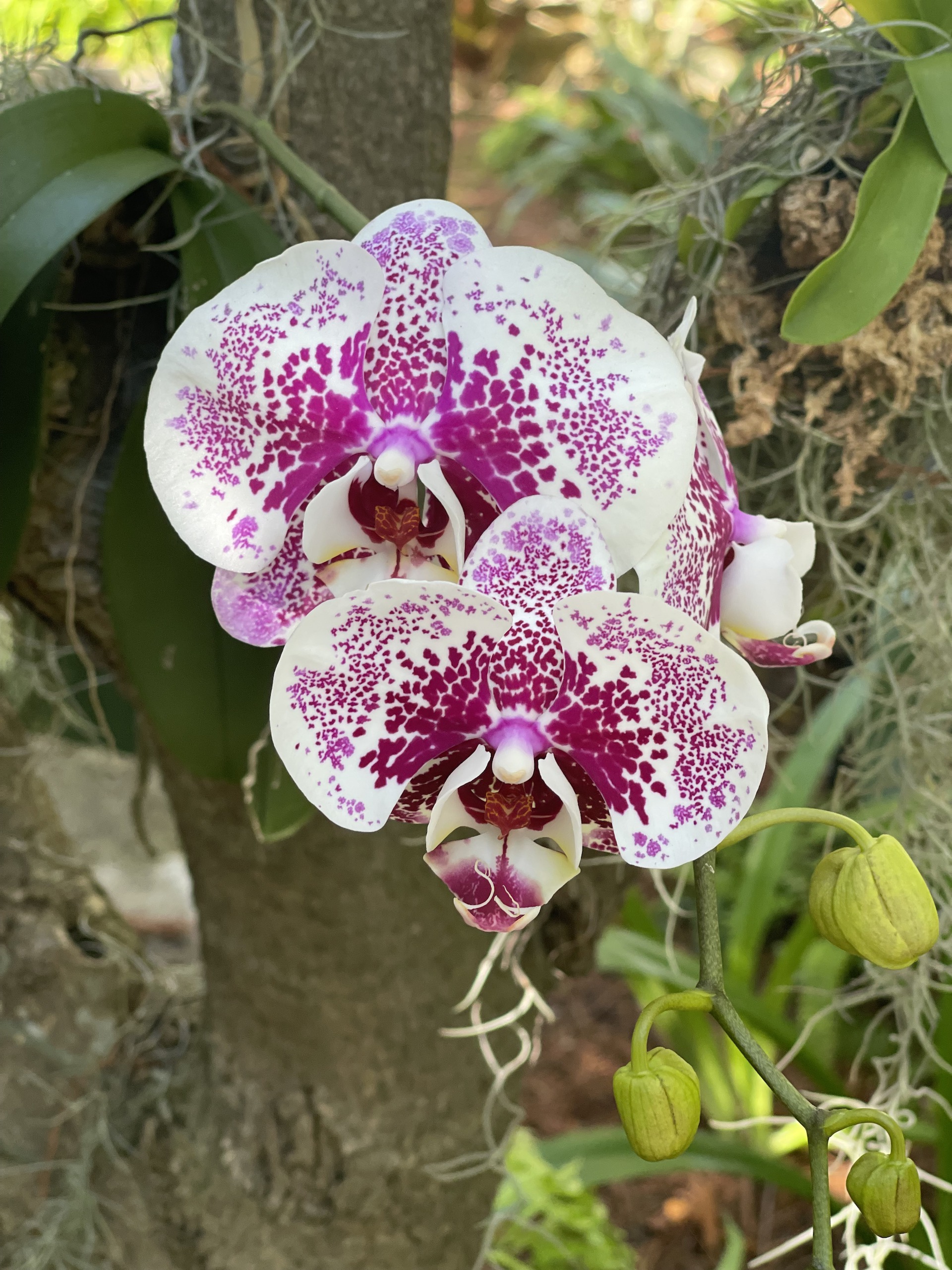
Aphrodite’s Phalaenopsis (Phalaenopsis aphrodite)

it’s a very inspired and beautiful program.
How is climate change exactly effecting the Miami Beach area and chasing the garden in particular?
Susan Askew: So, Miami Beach is facing it in several different ways. One, we’re built on limestone, which is very porous. There’s water coming up from below in addition to the water that’s rising and that may be coming over sea walls, for example. So ,we’re dealing with those two challenges. You saw the Collins Canal and the Collins Canal walkway. This was one of the areas where the city installed new pumps and new pipes. One is part of an infrastructure upgrade to the city because the pipes were very old, but also to put pumps into place that would help pump some of the water that has to go somewhere in a heavy rain, for example. So, the first area of the city where they installed the pumps and elevated roads was in the Sunset Harbor area, which is not very far from us.
How did the Collins Canal Prominade become part of the MBBG?
Susan Askew: As part of Miami’s climate change adaption strategy, the City constructed new raised sea walls along the Collins Canal, which is along the botanical garden property. They also placed a pump in a hidden area near the back entrance of MBBG, within our native garden. in exchange for having the pump there, the city decided that it would be a great thing to expand the botanical garden by half an acre. So, in the area along the Collins Canal Prominade, the MBBG created a wonderful and aesthetic walkway area beside the canal landscaped with native plantings. Using native species defines the area in a very special and practical way, fundamental to dealing with climate change and sea level rise infrastructure, but also providing shelter and food for local wildlife. It is a very pleasing natural area for people who live here and those whom are passing by.
What a wonderful canopy you have in the garden. The shade keeps it cool and makes it the oasis it is. The heat is definitely getting more severe. How are the plants doing?And, how are you using natural adaptations to help mitigate the effects?
Susan Askew: They’re thriving because we’re planting the plants that do thrive. The garden and the city as a whole, look to the native plantings that can survive when you have these high tides, the king tides as they’re called, and you have salt water that is coming up. The city has been doing a very good job planting salt tolerant plants and we all can plant them within our yards too. MBBG provides a great example of what species people can plant and how these native plants thrive.
We will be paying attention to other things we might be able to do to be a model for the city. For example, maybe artistic or decorative systems where we can capture the water and perhaps use it within the garden. There may be solar panel opportunities. And we’re just beginning to look at those things so that we can not only be a model but also create additional community benefit. We could not only be providing this lush, beautiful garden, this oasis for people to come to, but we could also be showing them examples of how you can deal with climate change and sea level rise.
That’s a beautiful thing. So, I’ve noticed that along the ocean walkway, the majority of the plants were salt tolerant. is there any citywide understanding about what’s on a list for being planted?
Susan Askew: Oh yes, absolutely. We have a chief resiliency officer. We have a department of environment and sustainability. The urban forester here has been recommending plants. This city has been on top of this for a number of years.
MBBG recently hosted the climate conference with the Aspen Institute. This year they kicked-off Aspen Ideas Climate here in Miami Beach. Events took place at the Convention Center; the New World Symphony and sessions were held here at the garden. We were very pleased to have hosted two artists with three pieces of climate art highlighting where we are within nature, as well as various dance troupes. They really did a great job of combining the discussions about how we’re dealing with climate change, and melding in the arts and culture along with it. It was a very impressive conference.
It’s wonderful how the arts and culture, along with resiliency and sustainability initiatives are expanding and are so linked to Miami’s strength and identity. Lets discuss how orchids fit into the vision.
Orchids (Orchidaceae) thrive in heat and humidity and a hundred or more wild orchids are native to Florida, but many are now threatened or endangered. I saw a wide variety of unique epiphytic orchid beauties attached to trees throughout the garden. I’m certain it’s an enriching experience for all visitors, that they make important discoveries and leave with a greater appreciation for orchids. Can you tell us about your work in native orchid conservation? Are you involved in developing protocols to propagate and restore native orchid species? What are your goals for orchid conservation at Miami Beach Botanical Garden?
Drew Mullin: My thesis focused solely on the conservation of Florida’s native orchids, titled “In-vitro micropagation of selected native orchids”, which aimed to develop an efficient method for seed propagation using Plant Growth Regulators. I have acquired several different native species, attaching them to trees in the native garden. The goal is for the plants to reach maturity, flower, and disperse seeds in their once historic range.
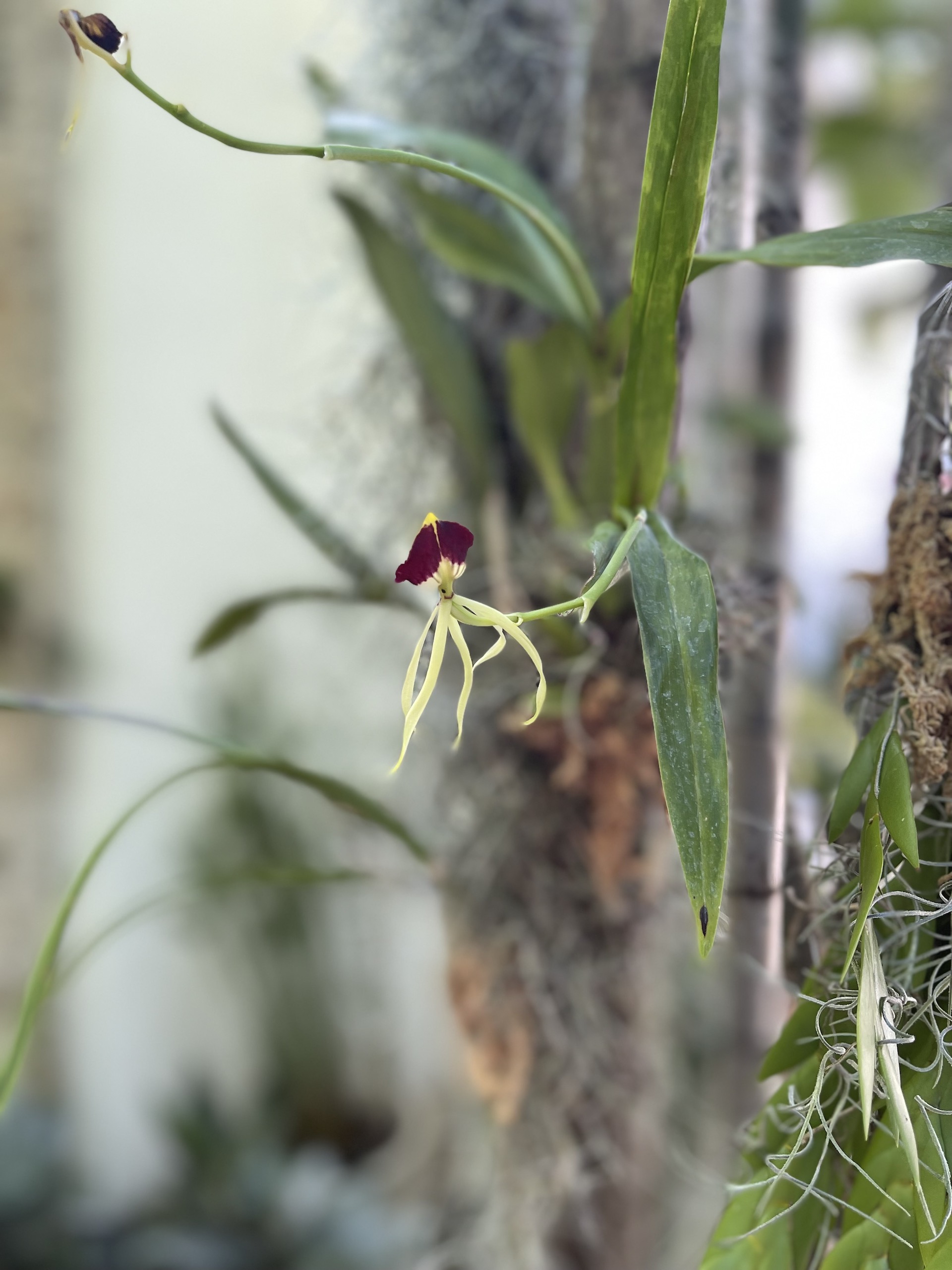
Clamshell Orchid (Prosthechea cochleata)

What kind of trees do epiphytic orchids prefer?
Drew Mullin: There are very few trees that orchids do not thrive on at Miami Beach Botanical Garden. In the Everglades, most orchids prefer Pop Ash, Pond Apple, and Cypress trees.
Vanilla is certainly one of most loved flavors on the planet and the garden has some very healthy vanilla plantifolia plants climbing host trees. These plants produce large fragrant blossoms that, if fertilized, can yield the fruits that we know as vanilla pods. There is a growing orchid culture in Miami and there is a growing trend by Florida’s home gardeners to grow vanilla orchids and harvest the beans. I’ve read that Dr. Alan Chambers of the UF/IFAS Tropical Research and Education Center (TREC) has been growing multiple vanilla species to identify the varieties Florida growers can use for large-scale production.
This does not mean that vanilla must be left to the pros, however. South Florida’s hot and humid weather is perfect for orchids and Florida’s swamps are home to native species. Does the garden have a role aiding the growth of commercial vanilla production in Florida?
Drew Mullin: The garden does not have any sort of agricultural vanilla production at this time.
You have pointed out that Florida has five native species of vanilla including orchid. V. barbellata, V. dilloniana, V. phaeantha, and V. Mexicana, all of which are endangered. Are you growing any of them in the garden?
Drew Mullin: At the garden, we have Vanilla barbellata and Vanilla dilloniana, both are leafless species that are endangered and native to Southern Florida.
What species of native orchids do you recommend for people to grow at home in Florida?
Drew Mullin: The easiest and most cultivated native orchid is Encyclia tampensis, a species that thrives on neglect.
I understand that poaching and development, or loss of habitat, were the main reasons for the decline of native orchids. You are focused on growing these native species? What other species are you growing and why? Do you select species based on current and future climate conditions? What do people need to know to achieve success in home growing?
Drew Mullin: Due to overpopulation and encroachment upon their native habitat, some species of orchid have less than 100 individuals remaining. The species most heavily poached that exist in critically imperilled habitats are my favorite native species. However, many native Floridian species are not widely cultivated due to the rarity of these plants in the wild. In general, for home growing, the brightest light right before the plant burns is the best possible scenario for orchids to thrive in, and for flower initiation.
What is your favorite orchid now growing in the garden and why?
Drew Mullin: My favorite orchid growing in the garden is Trichocentrum undulatum, and post-graduation, I transplanted them to the garden, and now they have been in my possession for 5 years.
When I was visiting, you (Riki Bonnema) pointed out that the flower of the Saw palmetto (Serenoa repens), a slow-growing shrub-palm with long point-shaped leaves arranged like a fan, produces an important nectar that supports many different species including bees, birds, white tail deer and black bear in Florida. It has also been an important healing plant for humans for hundreds of years. Because of Saw palmetto’s abundant support of other organisms in its community, would this plant be an example of a keystone species in Florida ecosystem?
Riki Bonnema: The Saw Palmetto Serenoa repens may be considered a keystone species as it is one of the most widely used plants by wildlife in Florida. In South Florida, areas are dominated by these species creating Florida’s Palmetto prairies where they provide primary habitat for species such as the crested caracara, Florida Burrowing owl, and Sandhill Crane. In scrub habitats, S. repens provides essential habitat for skinks, deer, mice, and birds, such as the threatened scrub Jay. Black bears eat the fruit and young shoots.
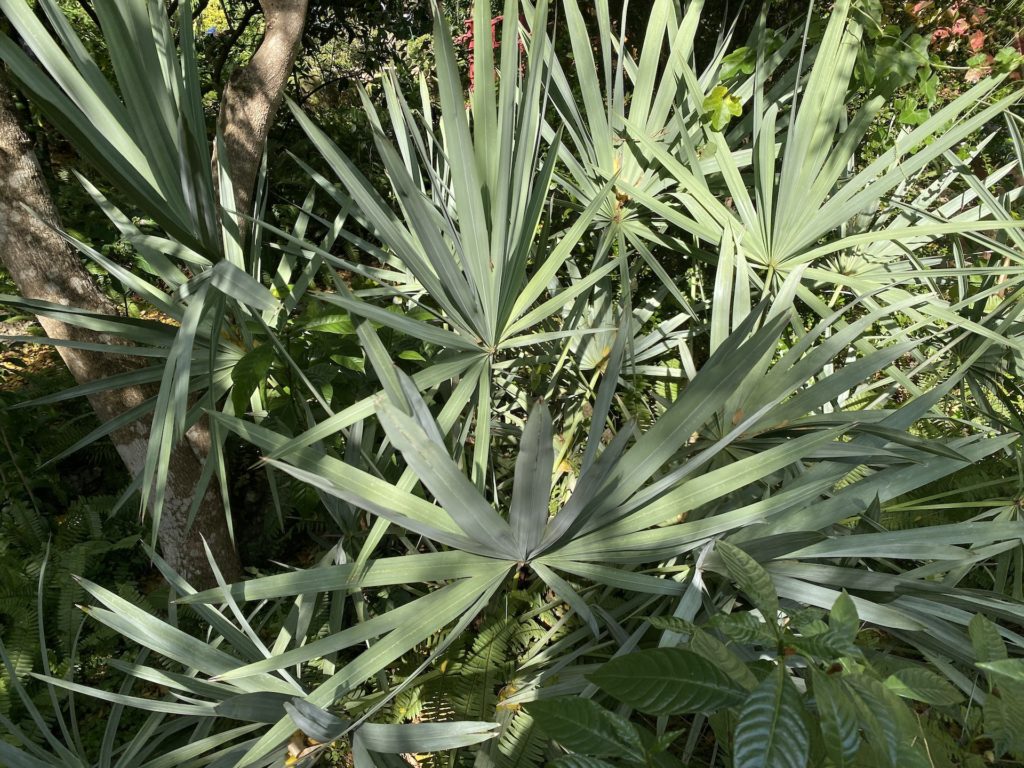
The flowering trees and flowers such as the Ylang-ylang tree (Cananga odorata) and the Frangipani (Plumeria obtusa) smell beautiful and are essential to the honeybee hives you have in the garden, and the honey you sell. What additional native bloomers do you have in your garden that help your bees and explain why your hives are thriving?
Riki Bonnema:The biodiversity of flowering plants and trees in our garden is definitely the main reason why our honey bees are doing so well. Of course, our geographic location is a huge plus because our hives do not have an obvious derth period, or period of time where the bees do not have resources outside the hive. Honeybees, Apis meliferra, are not native but they are well known and very commonly seen. Many people become intrigued with the idea of beekeeping for a myriad of reasons, such as their impressive social system, honey, and other products they create, or their venom and its negative and positive effects on the human body. Our main objective for apiary is to provide a platform to discuss plant-pollinator relationships with a focus on natives. There are many native plants, whether large trees or small herbaceous wildflowers, that native and non-native honeybees love within our garden.
Florida Native Wildflowers Loved by Bees
Florida Native Shrubs and Trees for Bees
With plant and habitat diversity comes pollinator diversity and higher likeliness that throughout the year there are resources for our pollinators. This list was specifically made with plants known to be used by bees, but many of these plants are also used by many other types of pollinators and wildlife. Our garden also contains many other native plants not listed that are used by a plethora of important pollinators.
Native plants, whether trees, palms, or shrubs are the ones most likely to flourish but many are also endangered and threatened, including some cactus species. Plant loss is exacerbated by rising water, increasing hurricane activity, difficulty reproducing, illness, non-native pest infestations, habitat damage, and degradation. Please tell us about the endemic cactus species that are near extinction, what caused their decline and the ones that the garden is working to save.
Riki Bonnema: We were recently generously gifted multiple species of endemic and endangered cacti from the conservation team at Fairchild Tropical Botanic Garden where native species are collected, studied, and propagated, then distributed or outplanted for conservation. Because the Miami Beach Botanical Garden is a relatively small space, our main way of helping these species and others that are on their way to becoming endangered is through public exposure and raising awareness. By creating an opportunity for the public to see plants they otherwise never would, we hope to give them a more urgent and real perspective of the effects of climate change and urbanization on wildlife and natural habitats.
Jumping Cactus Opuntia abjecta is endemic to South Florida in the Middle and Lower Florida Keys. It is a Florida state-listed endangered species due to habitat destruction, the invasion of non-native kalanchoe plants, and deer—which eat the cactus and damage the habitat -specifically for populations on Big Pine Key. Sea level changes related to climate change pose another threat.
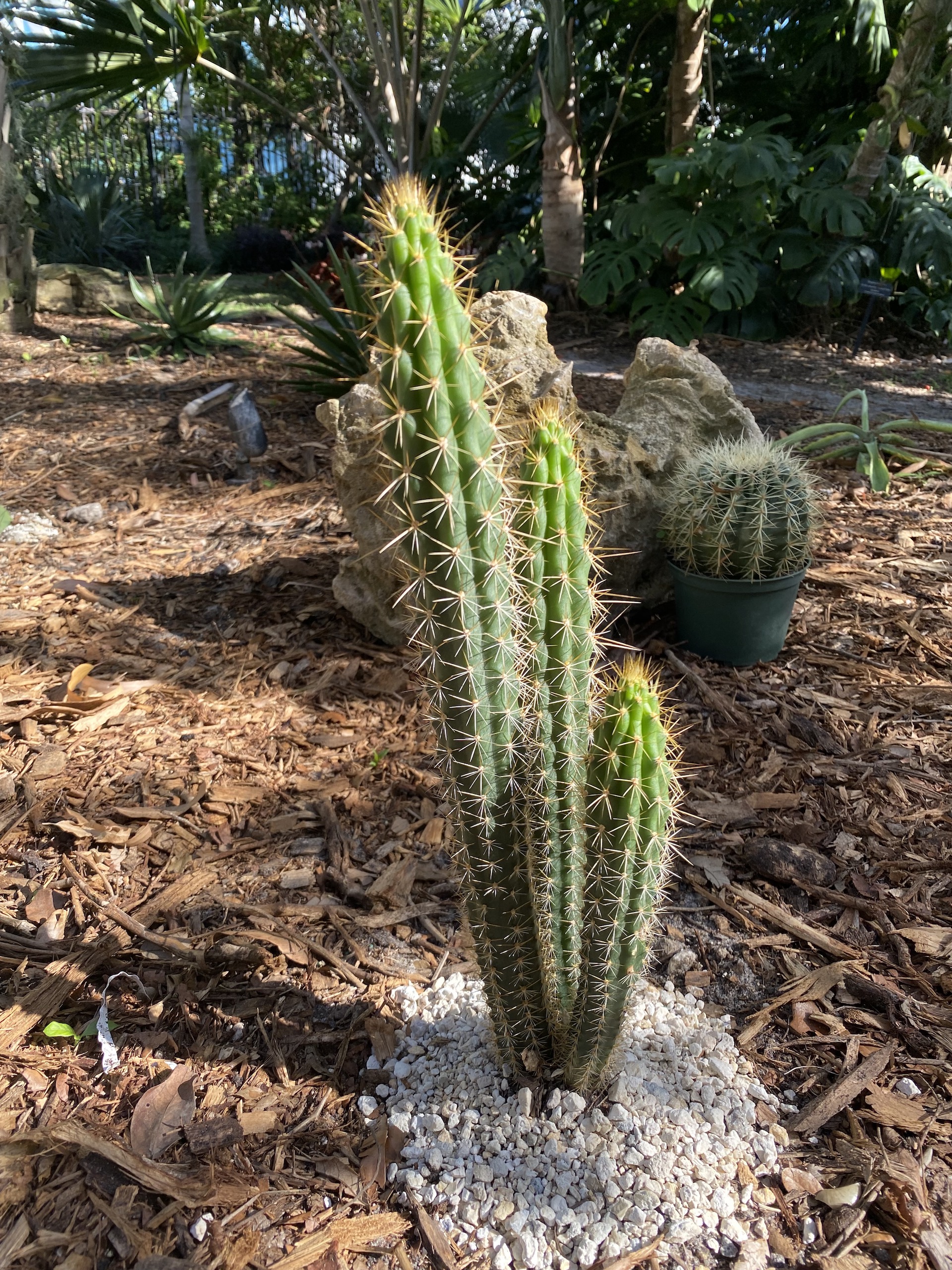
Fragrant Prickly Apple (Harrisia fragrant)

Fragrant Prickly Apple Harrisia fragrans is another Florida endemic cactus that only occurs in St. Lucie County. Historically, it could be found as far north as Brevard County, Monroe County Keys, and the mainland. It is a federally and state-listed endangered species mostly due to loss of its native habitat – scrubby flatwoods and xeric hammocks on the Atlantic Coastal Ridge.
Semaphore Pricklypear Consolea corallicola is another endemic, federally and state-listed endangered species. Along with habitat loss, this cactus is attacked by the cactus moth, Cactoblastis cactorum, which was introduced into Florida in 1989, creating a serious threat to this and other species of cactus in North America.
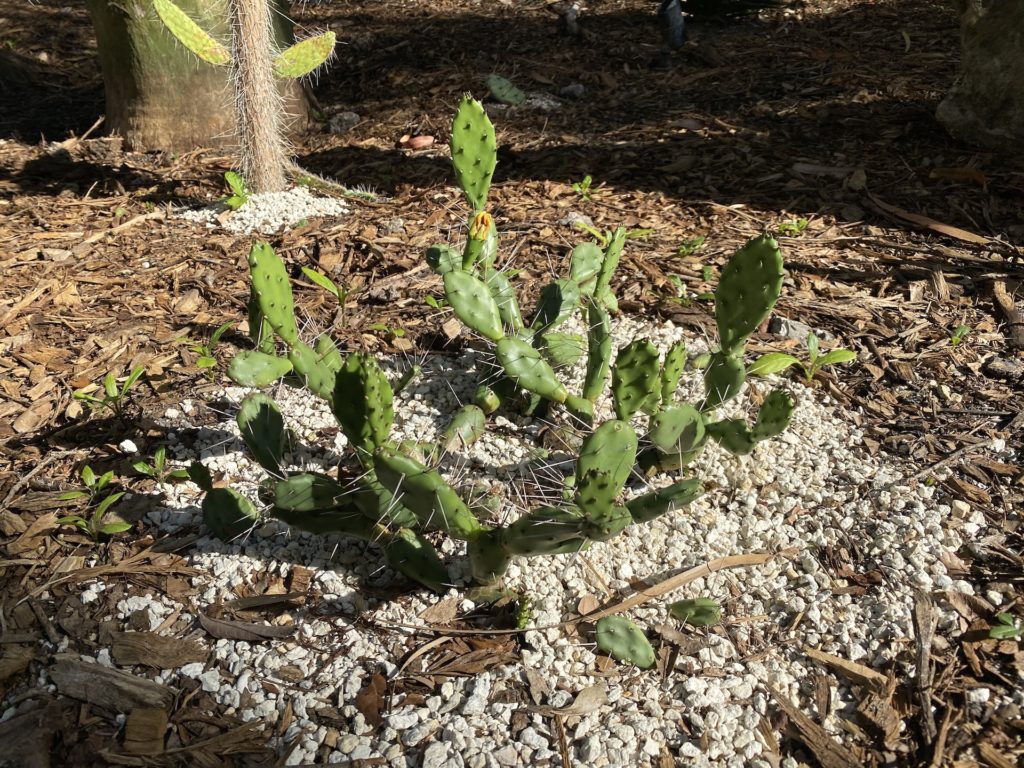
The garden has involved the area citizens in building rich soil for gardening and reducing waste in landfills. The program is working to make composting second nature for your community. How does this community compost program work? What are its successes?
We believe composting is a practice that brings the community together, as it has here since 2016. It is full of environmental benefits focused on reducing waste pollution, while creating a valuable resource. A major success has been using the finished product to nourish our plants and minimizing the usage of conventional fertilizer while having it available to the community to do the same. Our hub is full of life, a mini ecosystem in the garden. We hold workshops where the public can learn how to compost hands on. Volunteers are also welcomed to help turn and manage the piles.
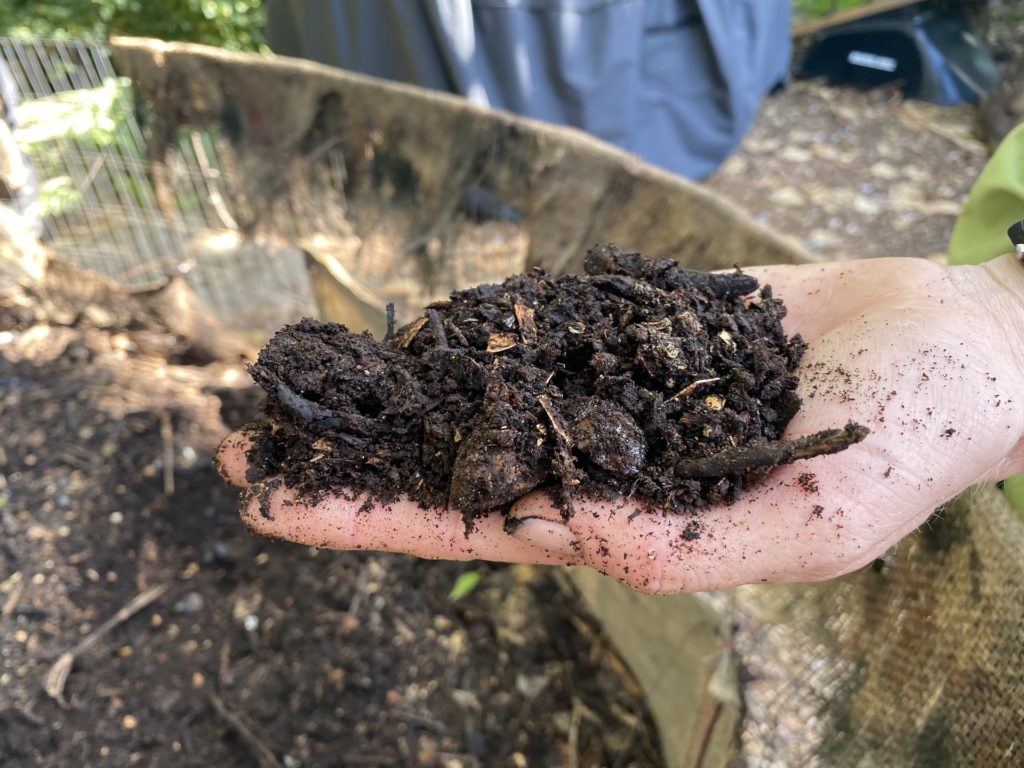
I saw so many spectacular butterflies in the garden. Lots of Zebra Swallowtail (Euripides marcellus) the state butterfly, which I understand love Woolly PawPaw. I also saw both monarch butterflies, and their larva on the same leaf of your native milkweeds, and they are in heavy decline. How have you gone about creating such a perfect habitat for butterflies of other species?
Riki Bonnema:Our biggest rule of thumb as environmental stewards has been to plant native diversity. Through this method, our gardens have naturally attracted our native insects and other wildlife.
When people come to the garden really get a picture of Florida’s many different natural features, which helps them form lasting connections with the larger environment and current habitat conservation challenges. I know you work with local schools, businesses, and homeowners with property to grow native plants that benefit insects, butterflies, birds and other pollinators. In this regard, what exactly are the Pine Rocklands? Why are they unique and critically imperiled? What was the original distribution in Florida and how much is left? And can you tell us about this work and projects, such as your collaboration with Fairchild Tropical Botanic Garden to grow pine rockland plants?
Riki Bonnema: Pine Rocklands are considered a globally, critically imperiled habitat. Miami-Dade County’s Pine Rockland habitat occurs along the limestone Miami Rock Ridge which, due to its high and relatively dry conditions, has been the prime location for South Florida urbanization. Today, there is less than 2% natural pine rockland habitat that exists outside of the Everglades National Park. Although Miami Beach is not where pine rockland habitat historically would occur, Sanna O’Sullivan, our former Head of Horticulture and certified Naturalist, decided to create a demonstration Pine Rockland with the help of Fairchild Tropical Botanic Garden’s “Connect to Protect Network,” to educate visitors and exhibit some really cool endemic species to this habitat.
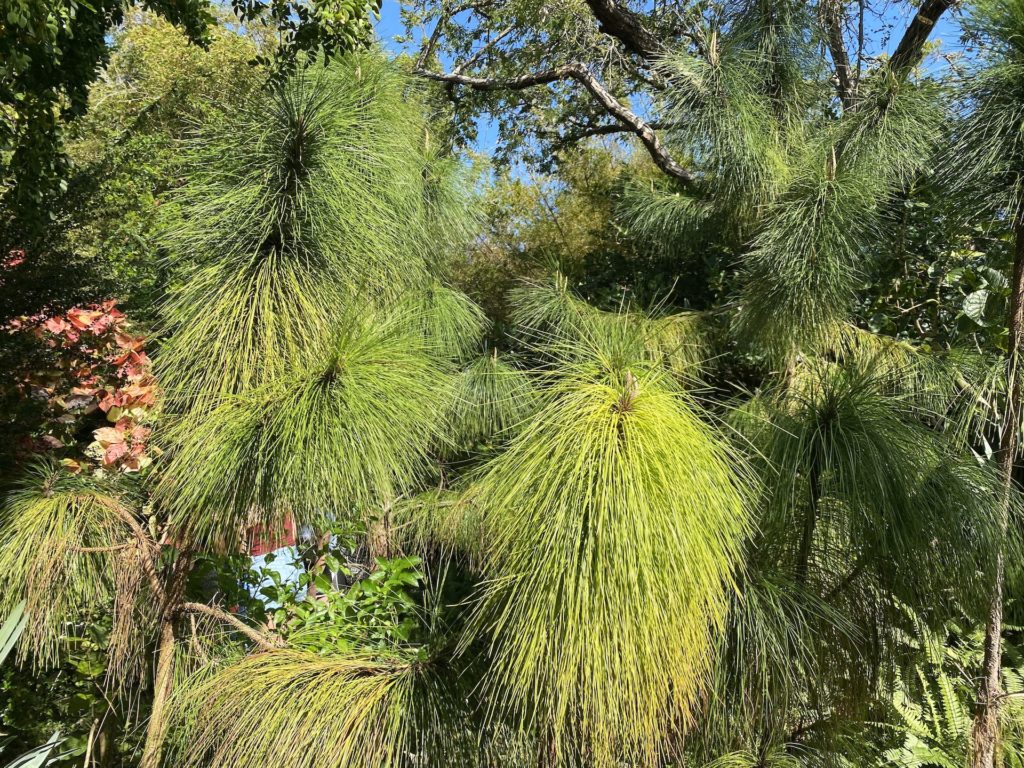
How many of the plants grown in the garden are edible? Which would you suggest tropical gardeners grow and enjoy?
Riki Bonnema; Many native plants are edible or medicinal, and there are resources for people to explore and learn about them. We are hoping to offer a seminar soon where the public can come learn about South Florida’s ethnobotany during a tour of the native garden and other hotspots around the garden. It depends on the goals of the person growing the plants. If there is already a location chosen, I always recommend they make observations of the site and even do some soil testing before making their plant selection. Then choose plants that will perform best in those conditions. It makes a lot less sense to spend a lot of energy and resources trying to change the environment to grow plants that just shouldn’t be there.
Thank you all. The world needs more people with passion, vision and dirty hands.
Quicksand
Carme

As Ireland transitions from the rich, smoky scent of peat-burning to a more sustainable future, its olfactory heritage is evolving. What will become the next iconic aromatic symbol of Ireland?
Click to watch the documentary trailer.


